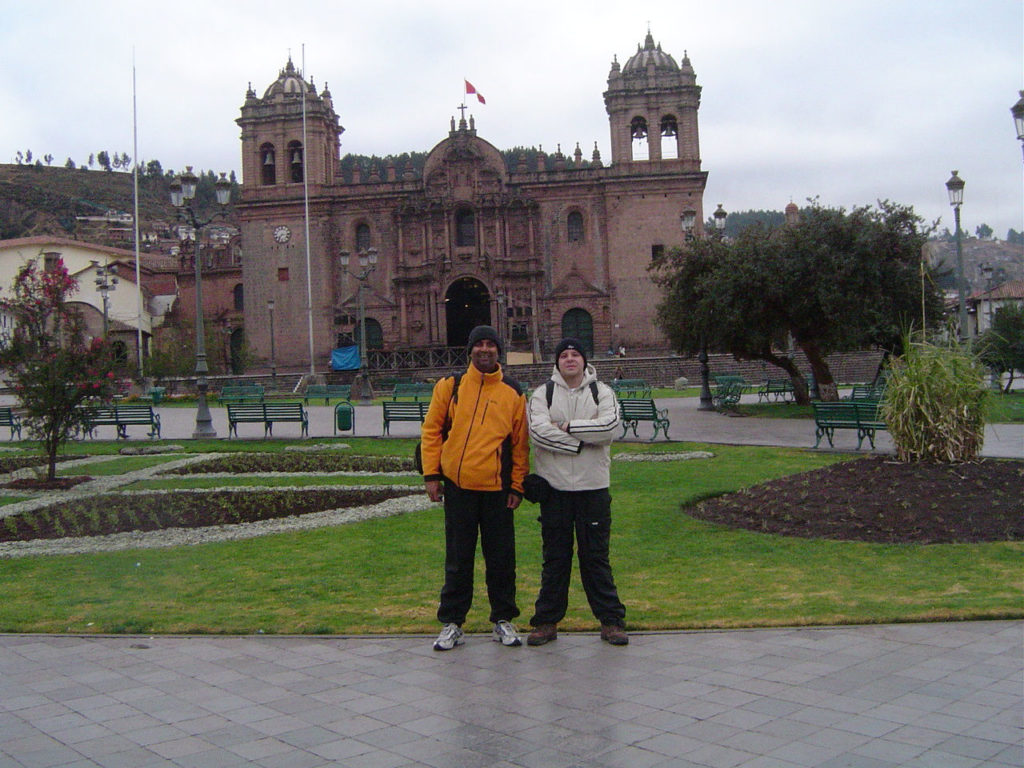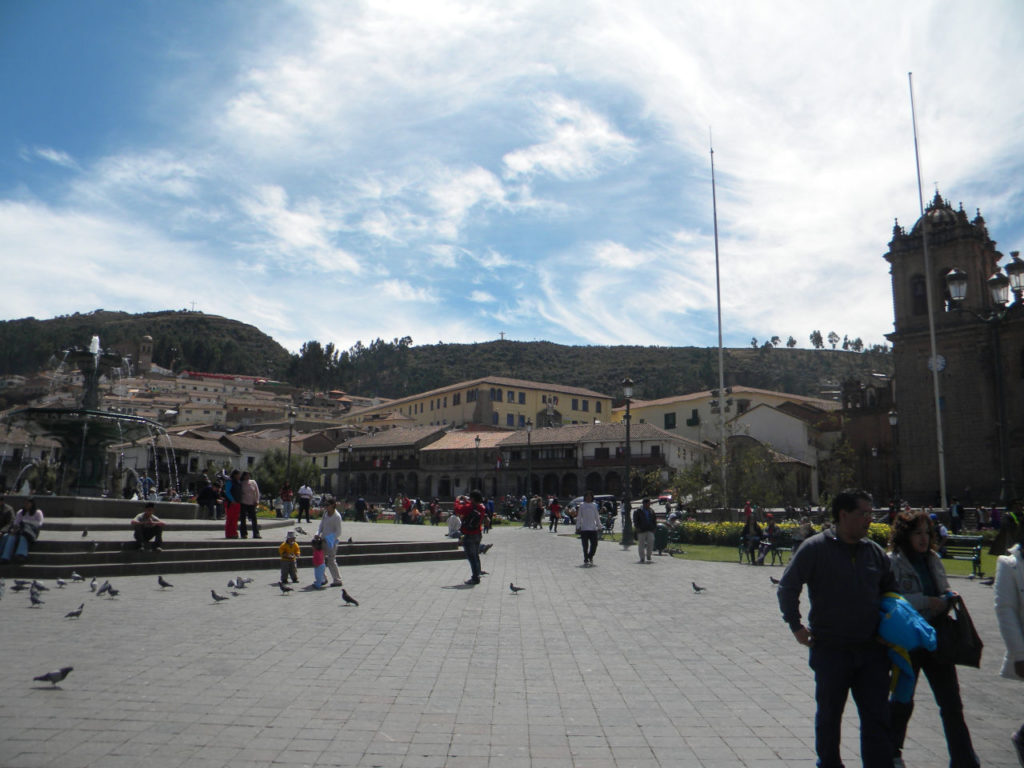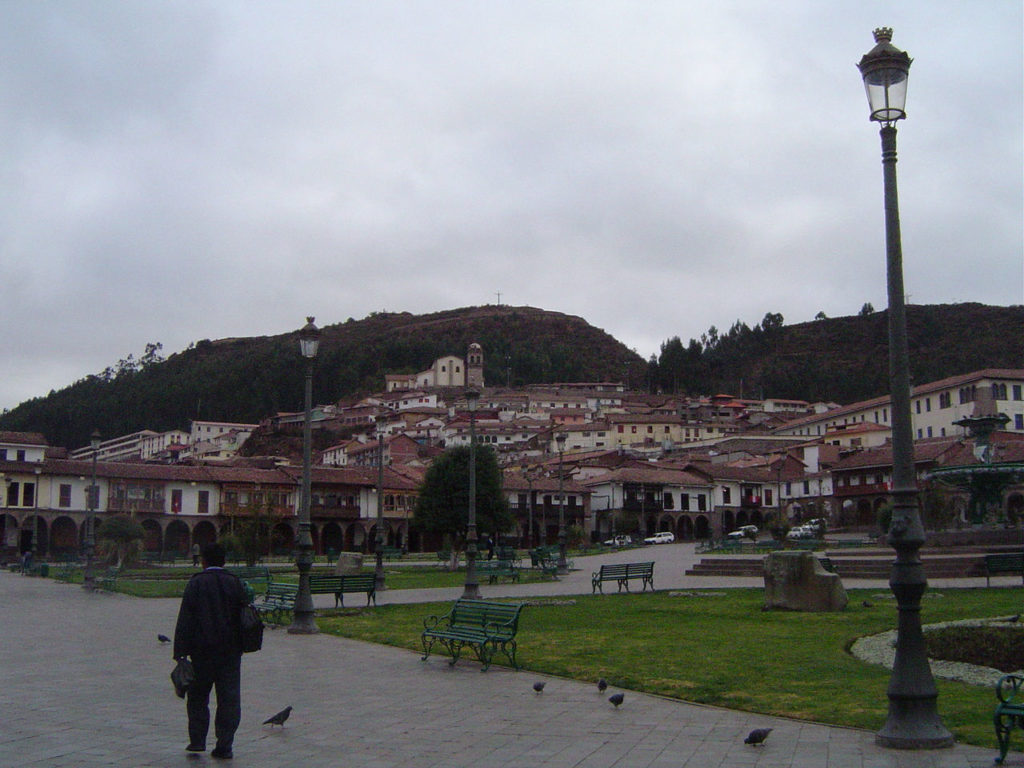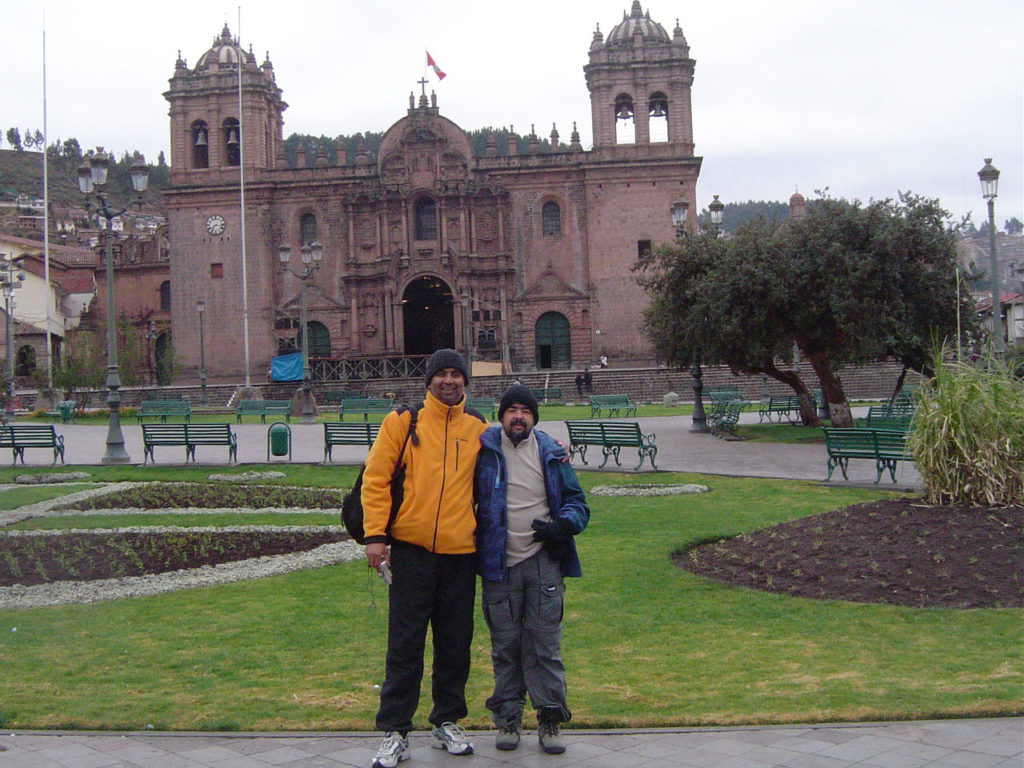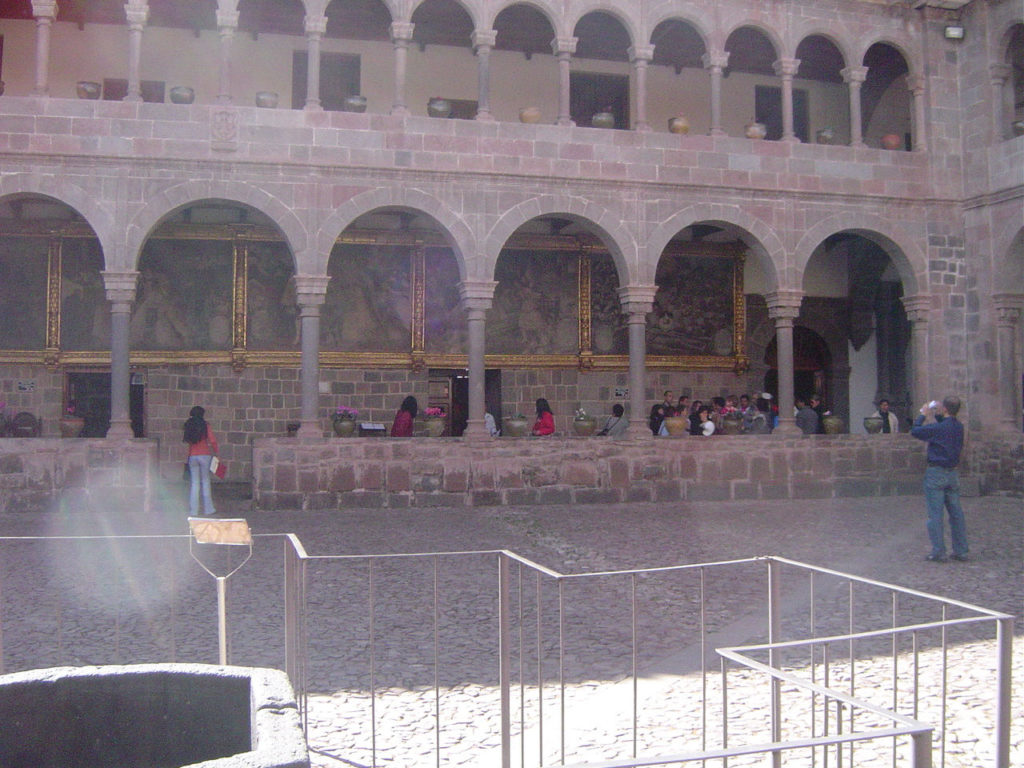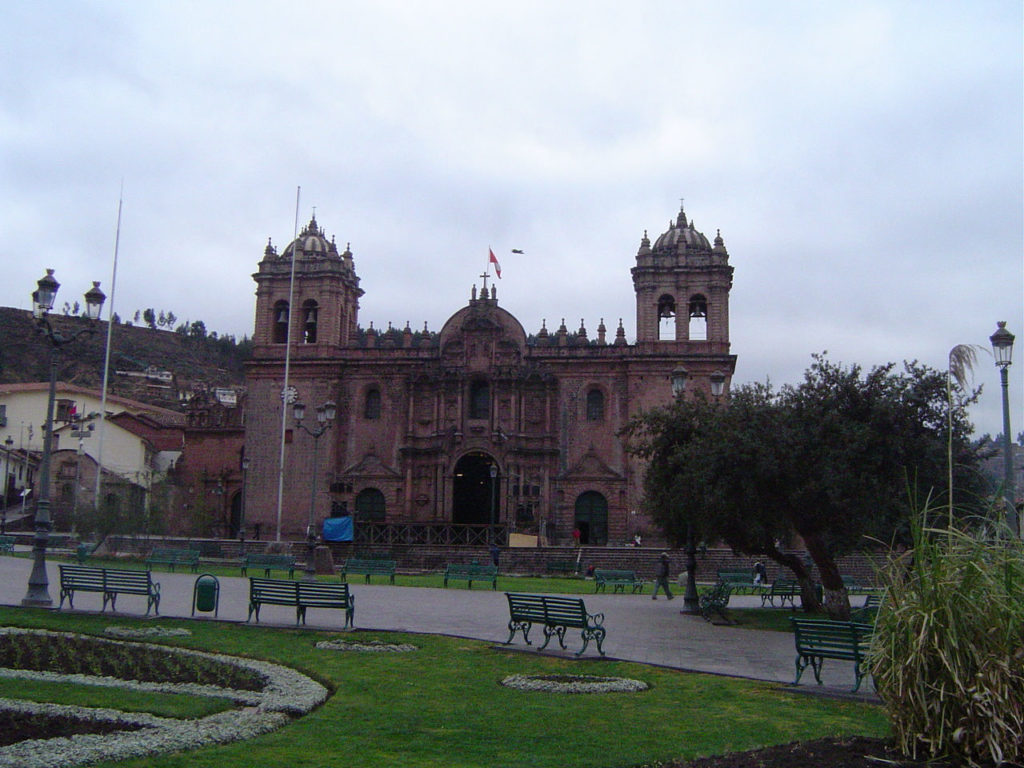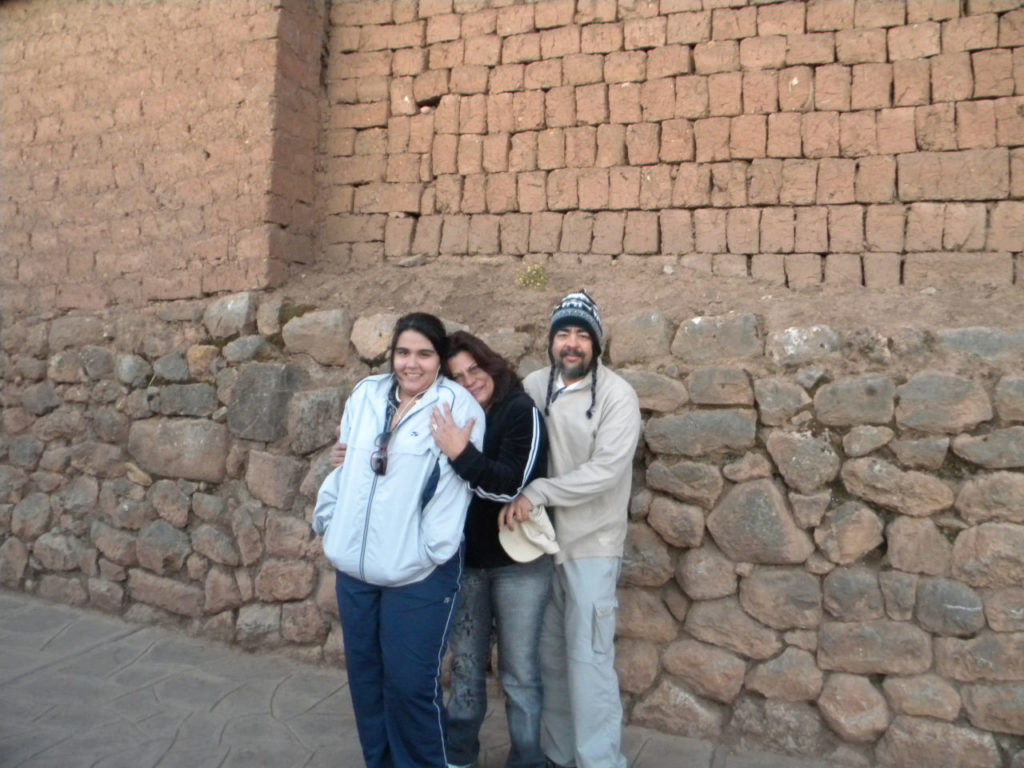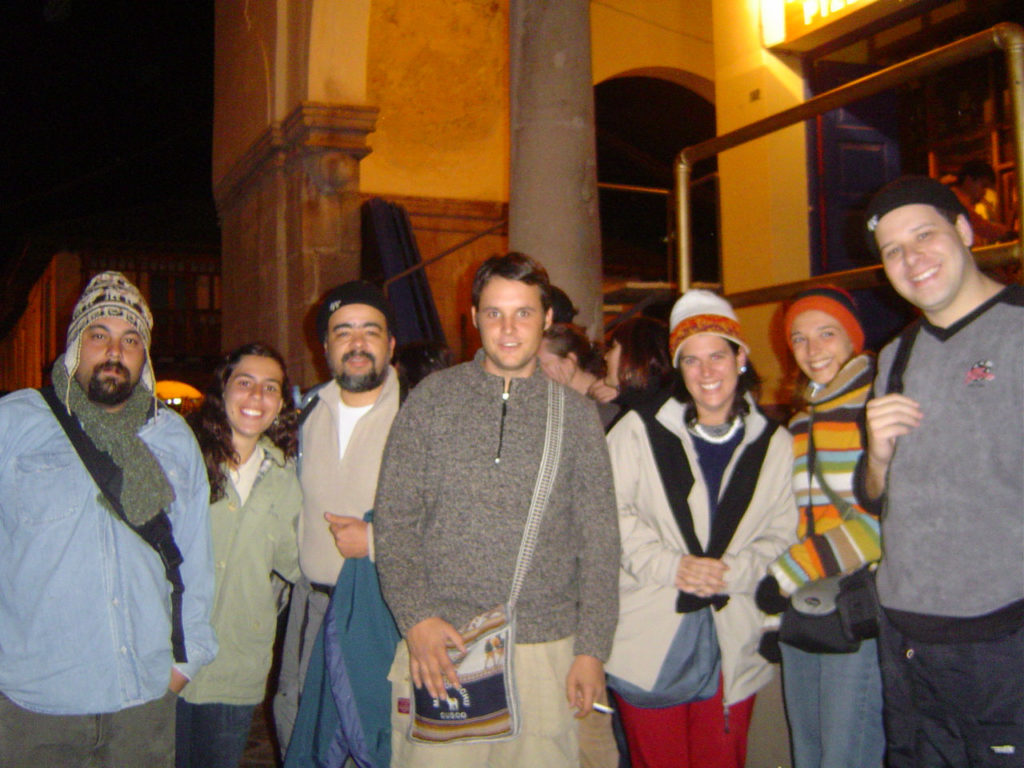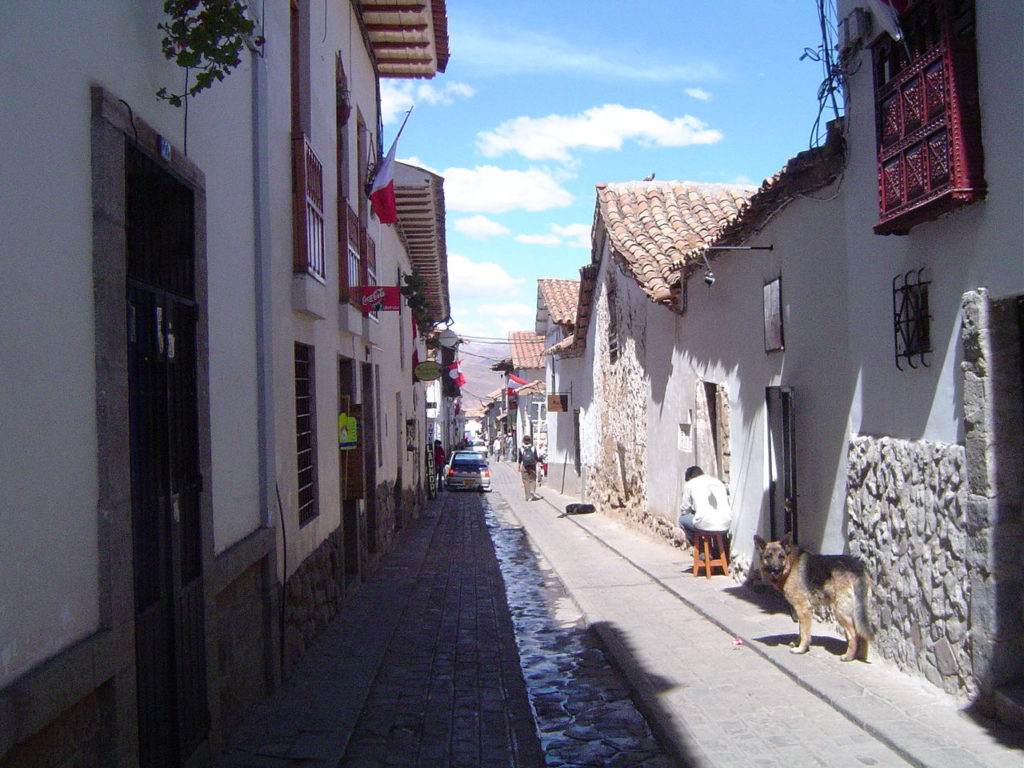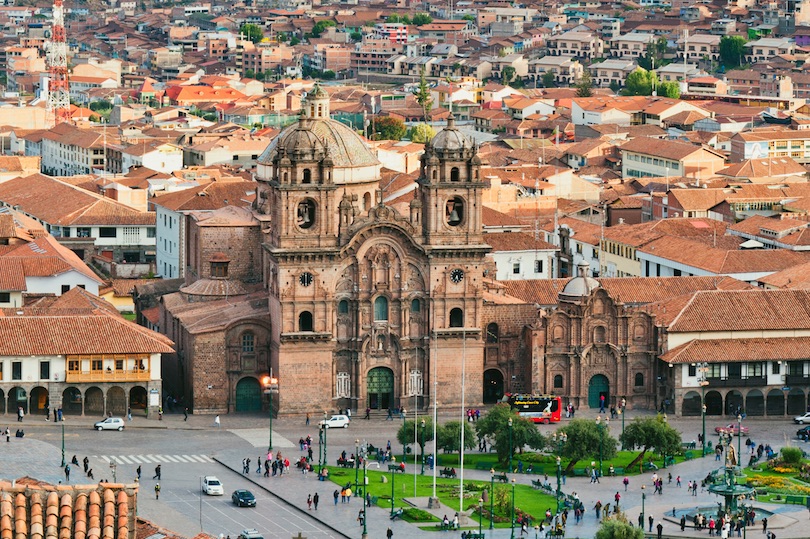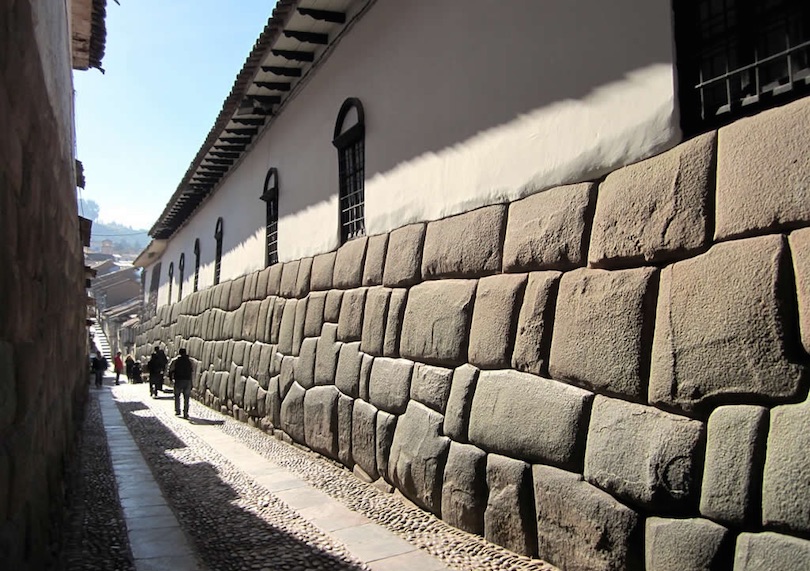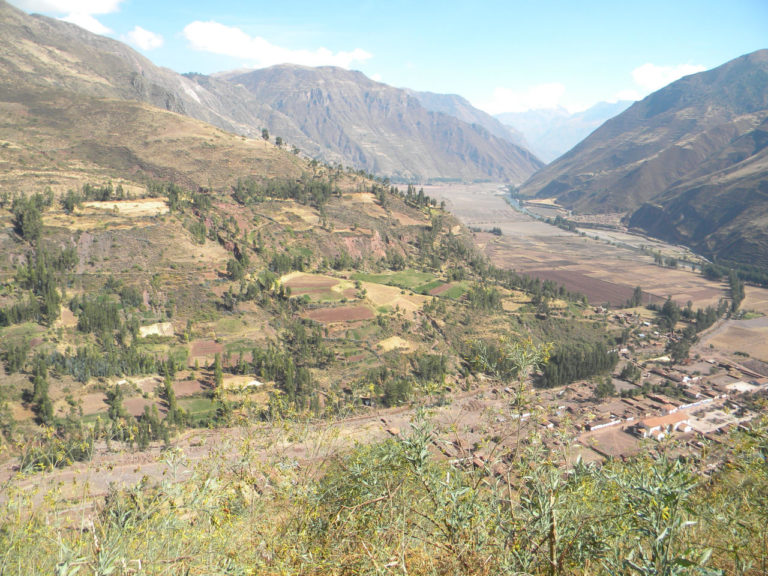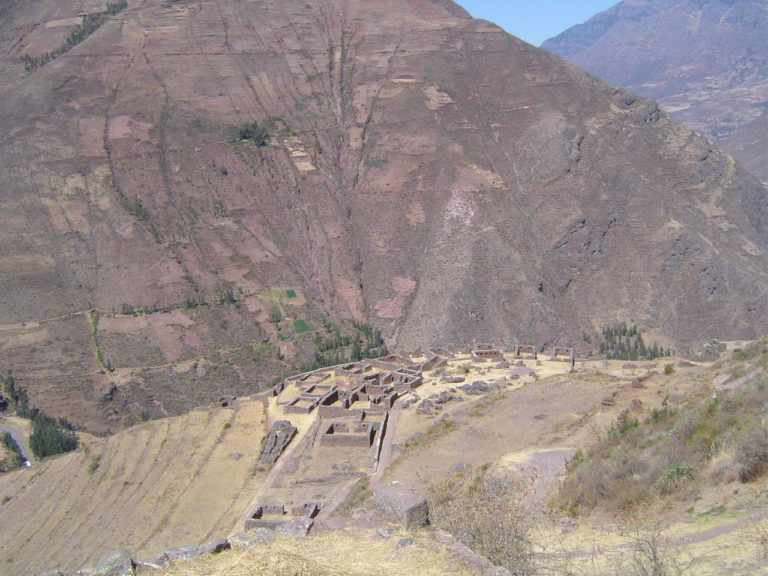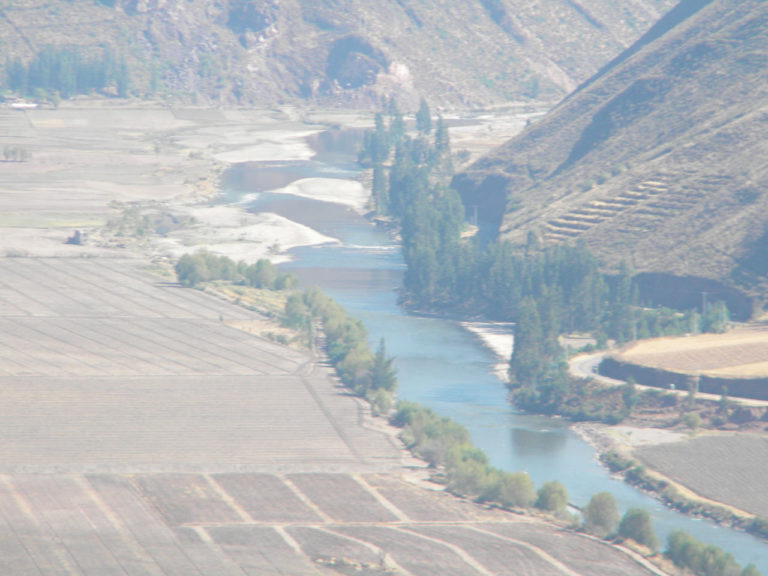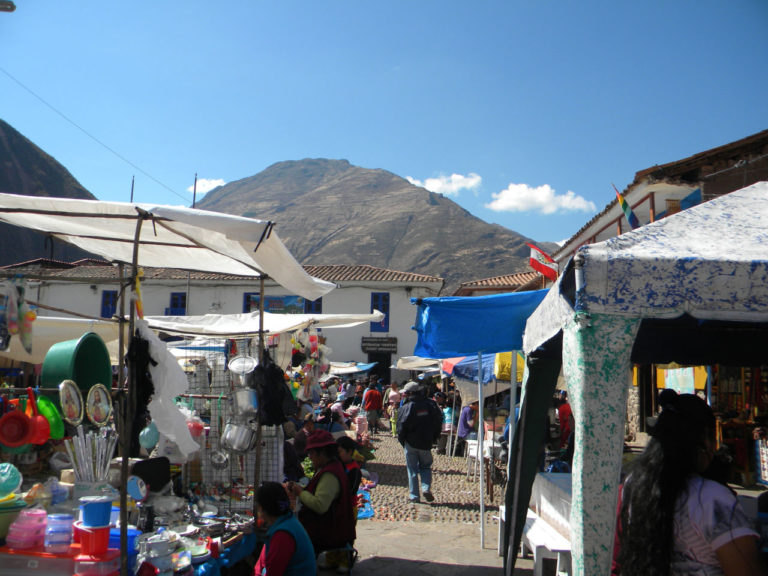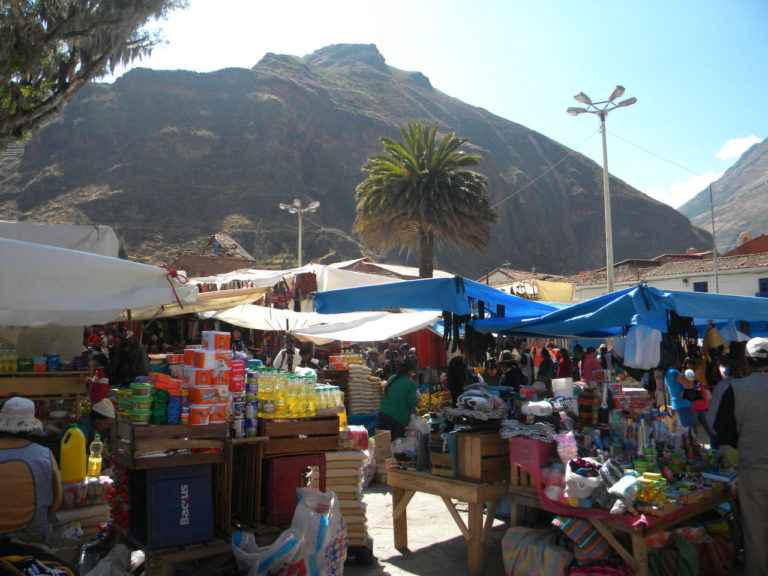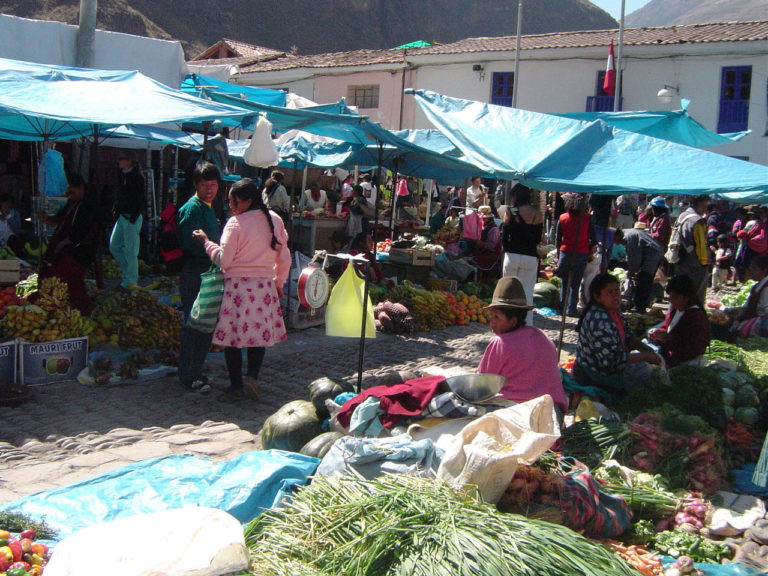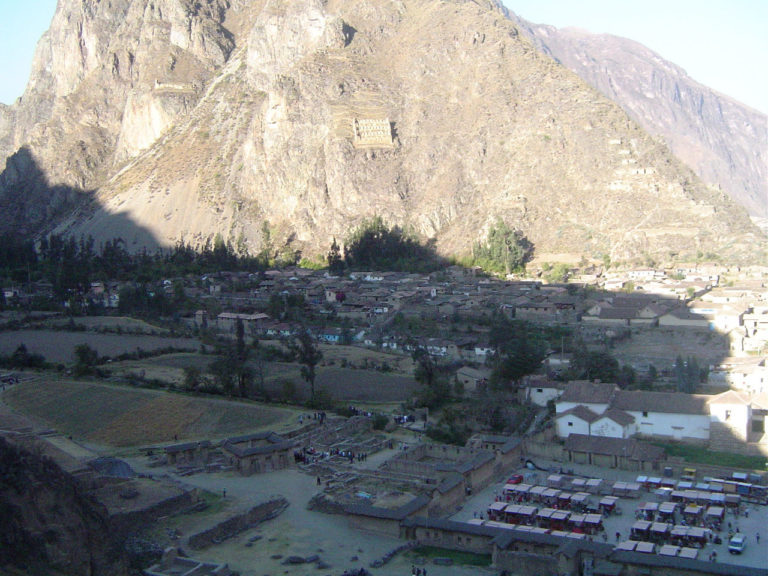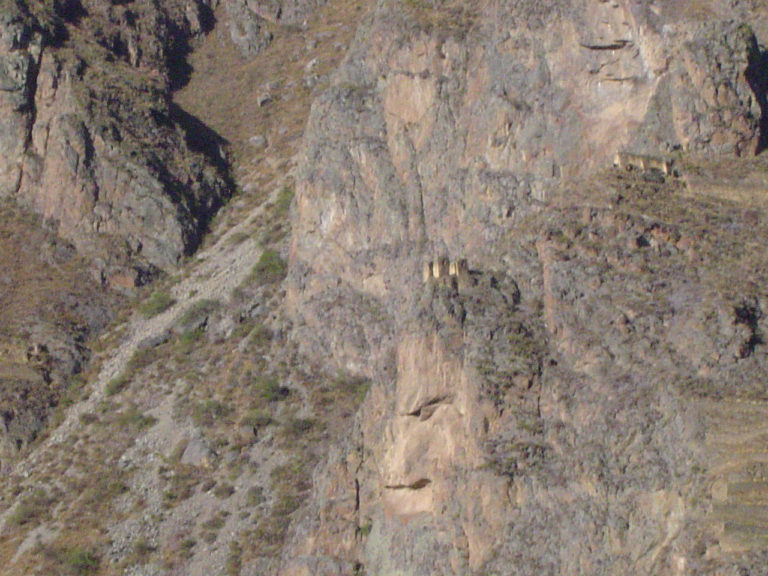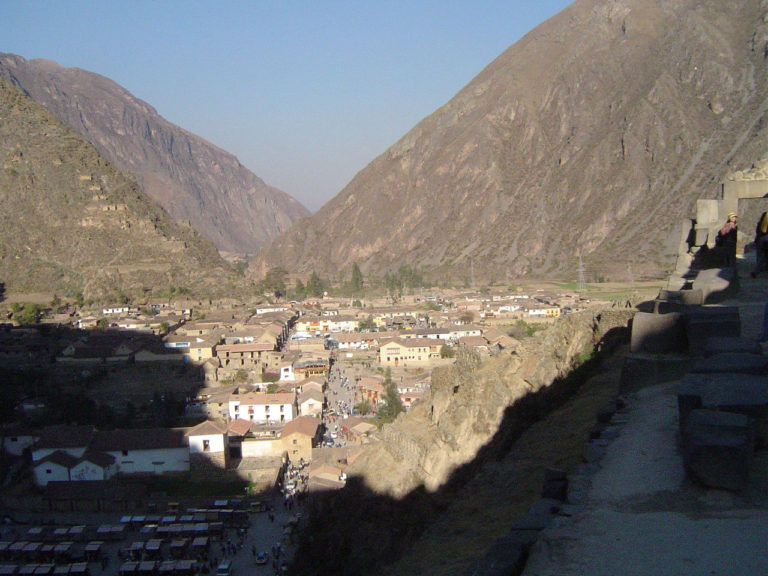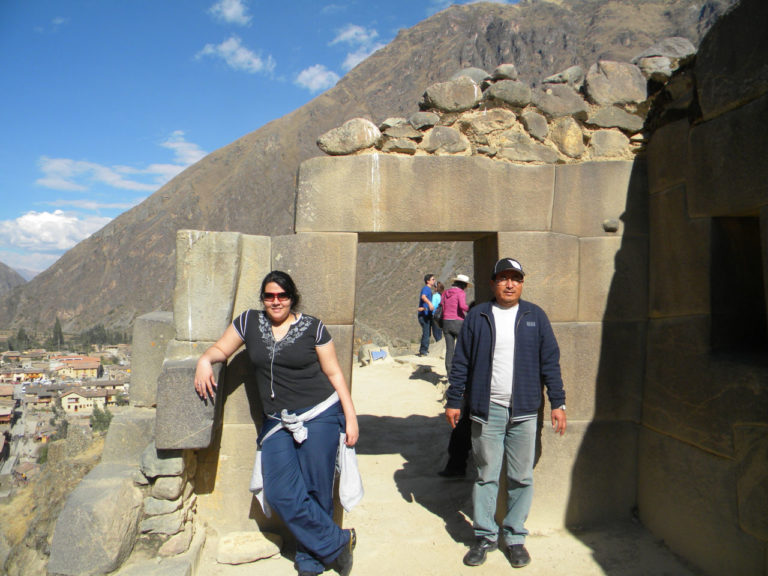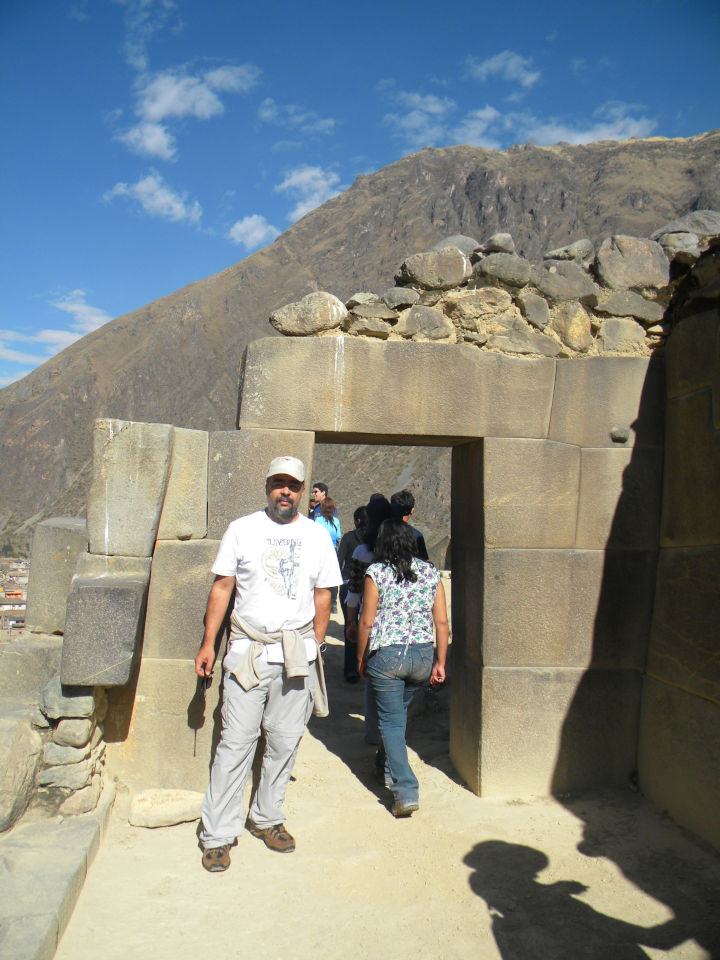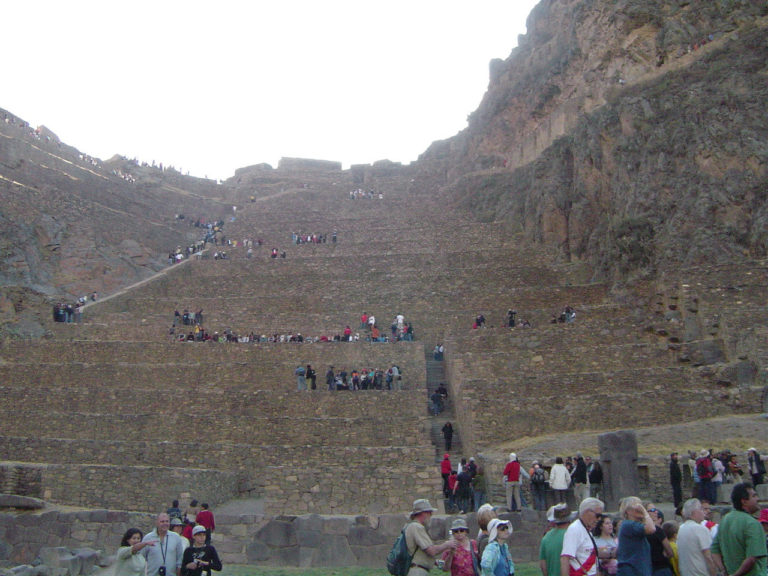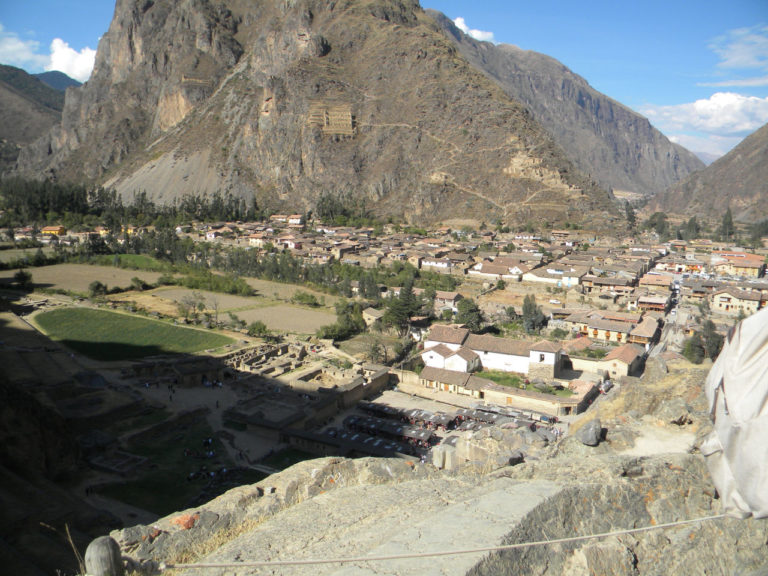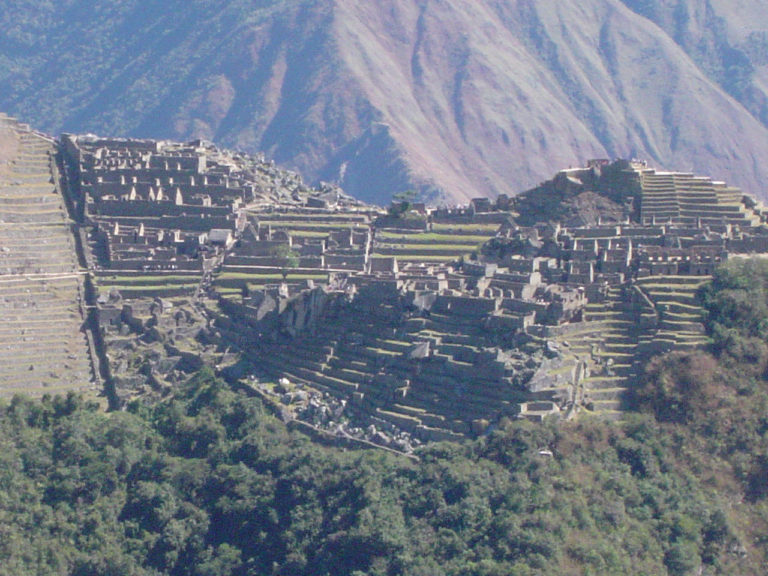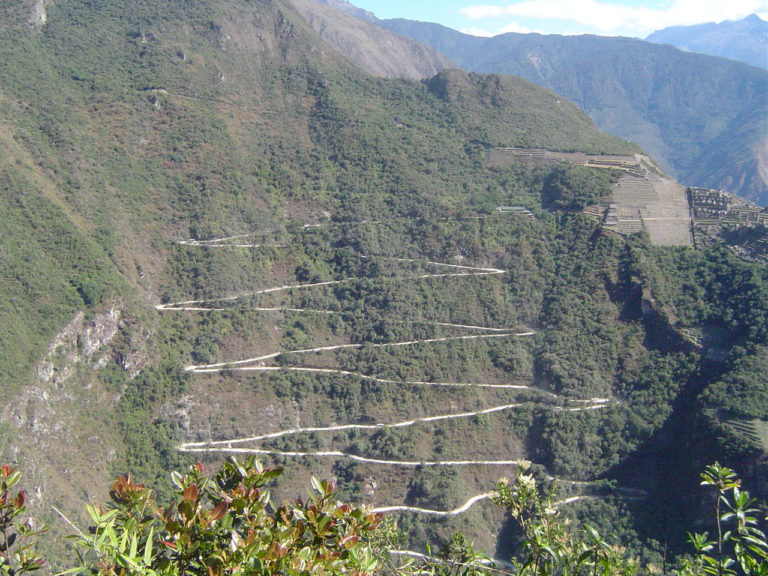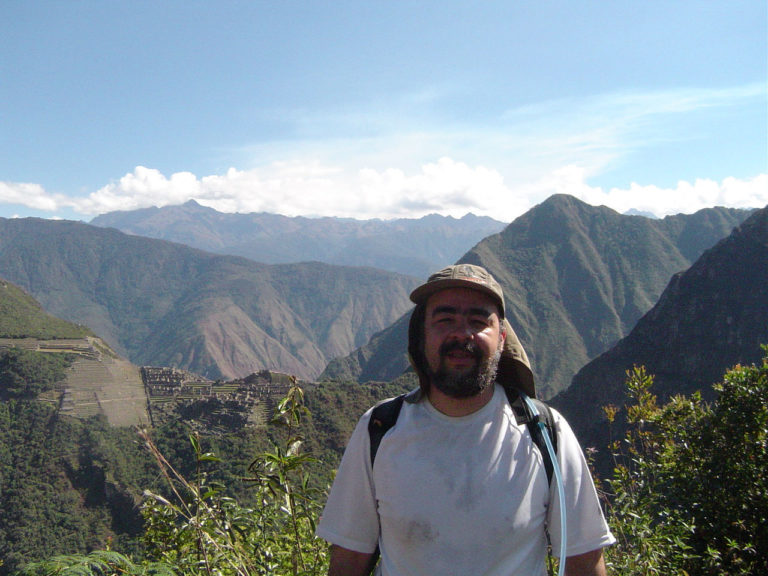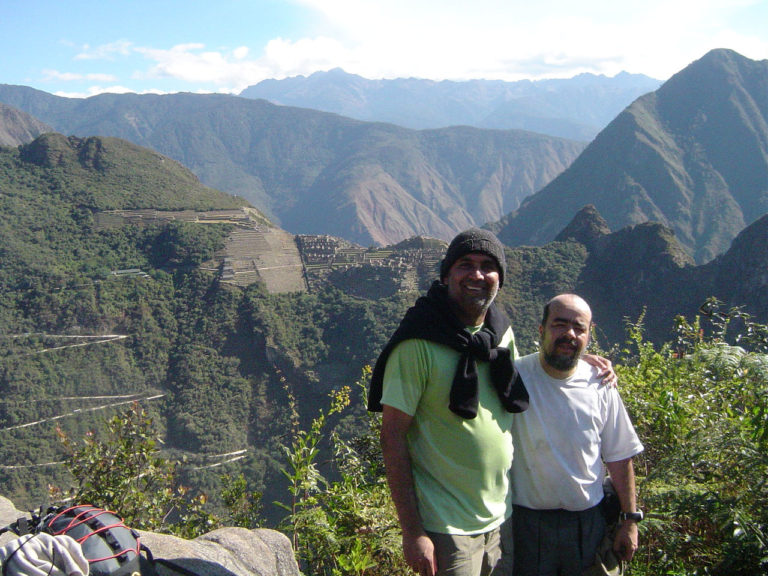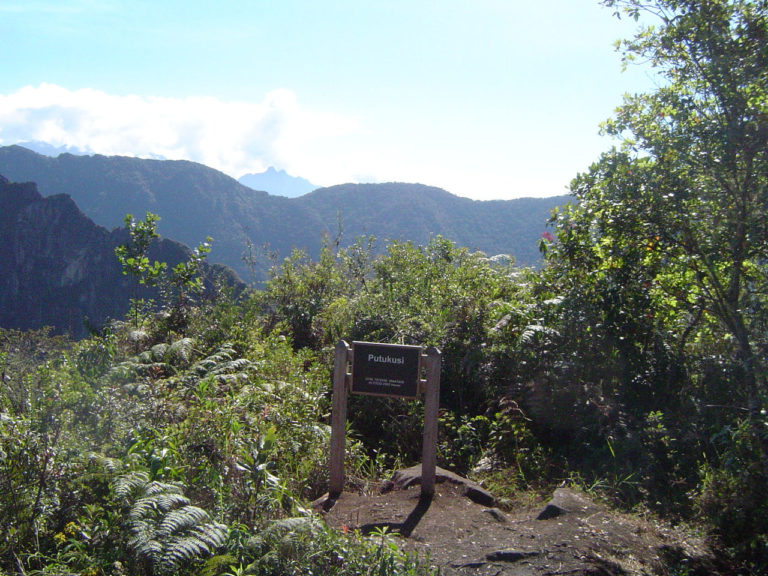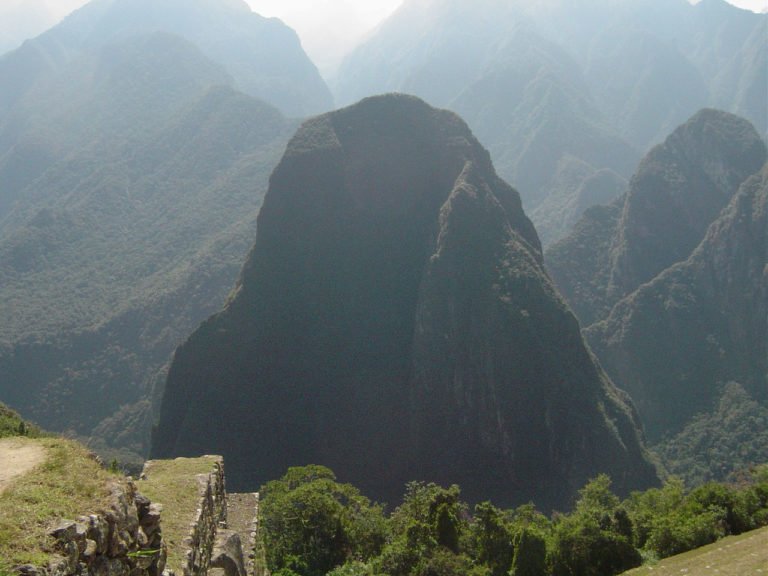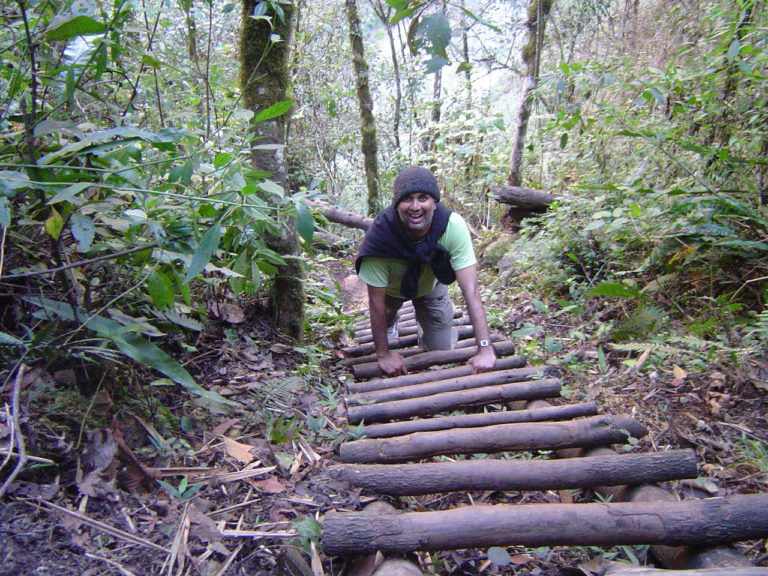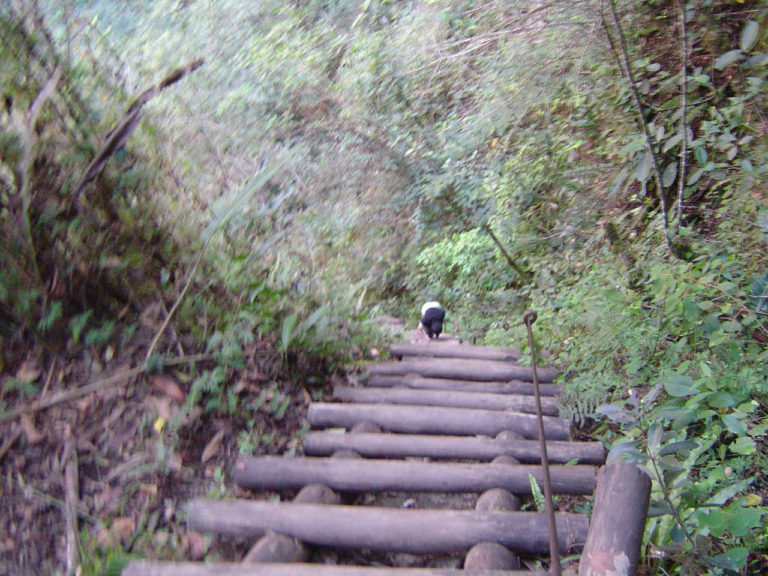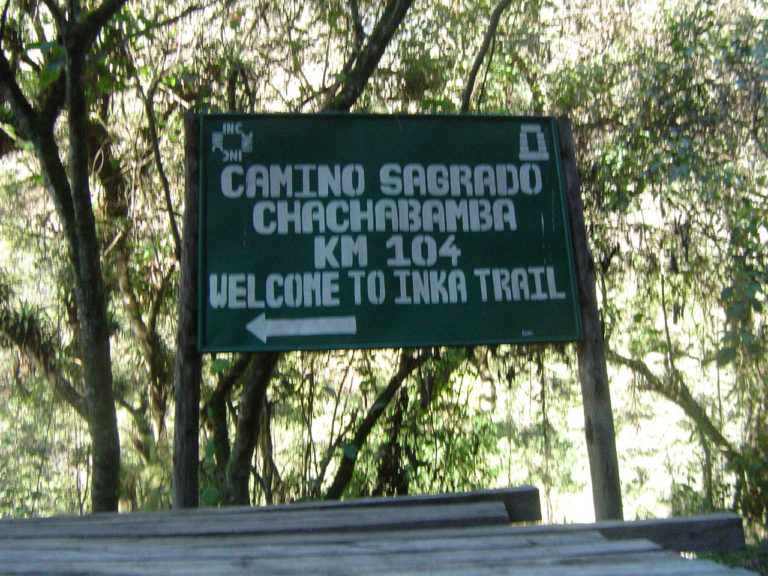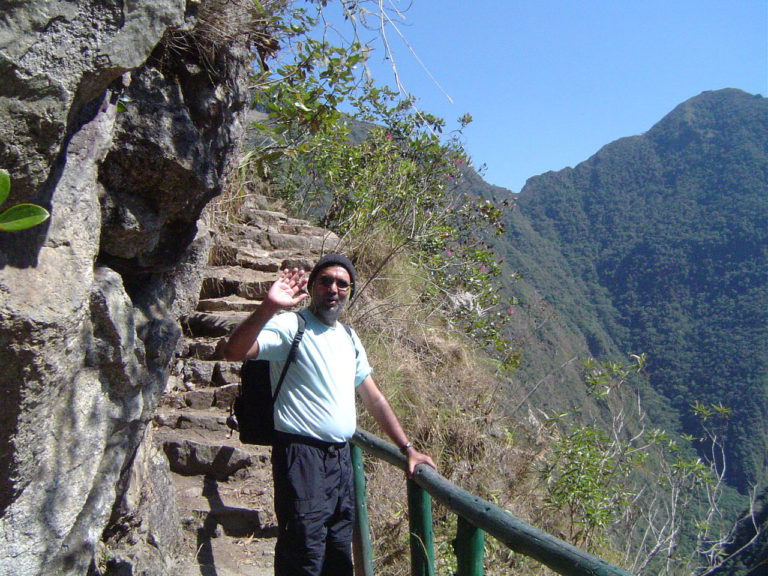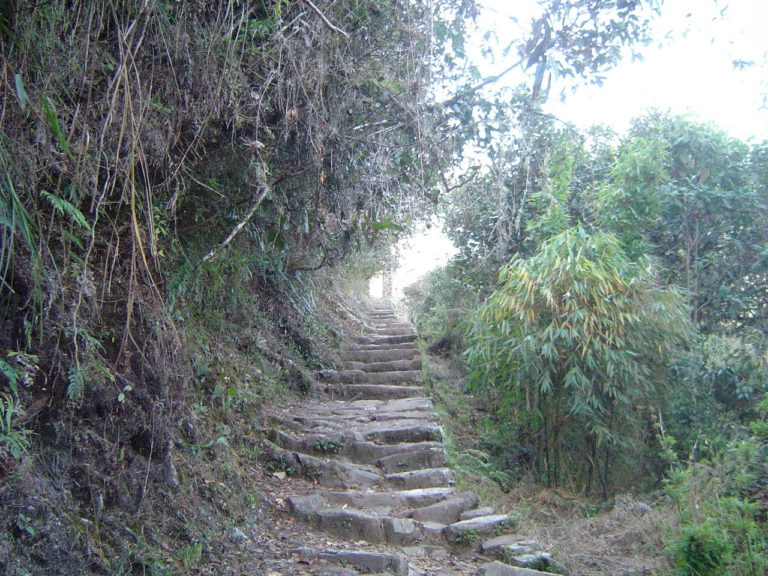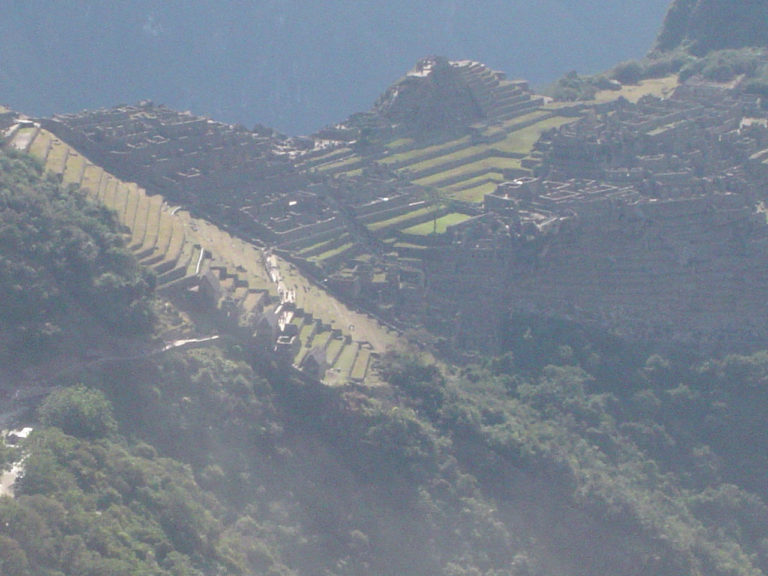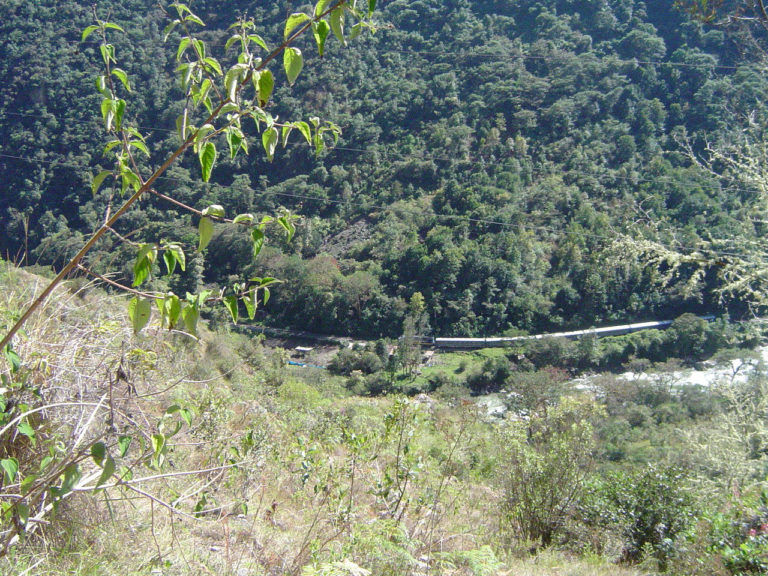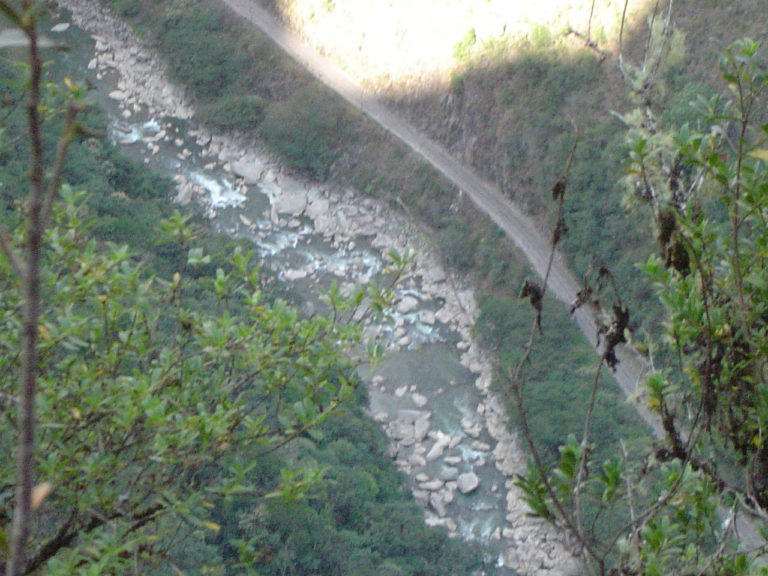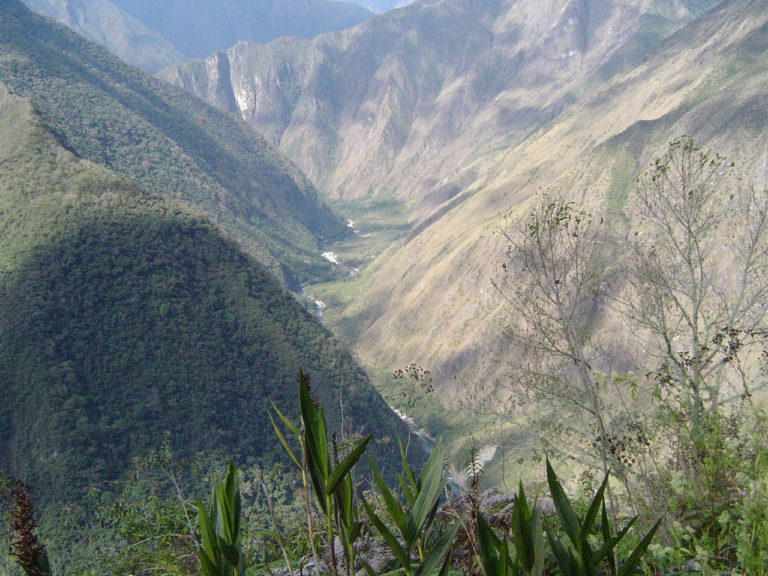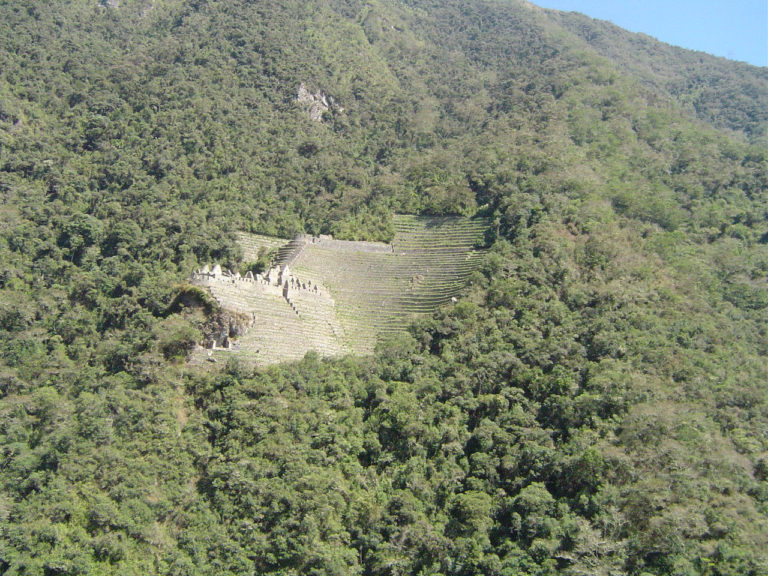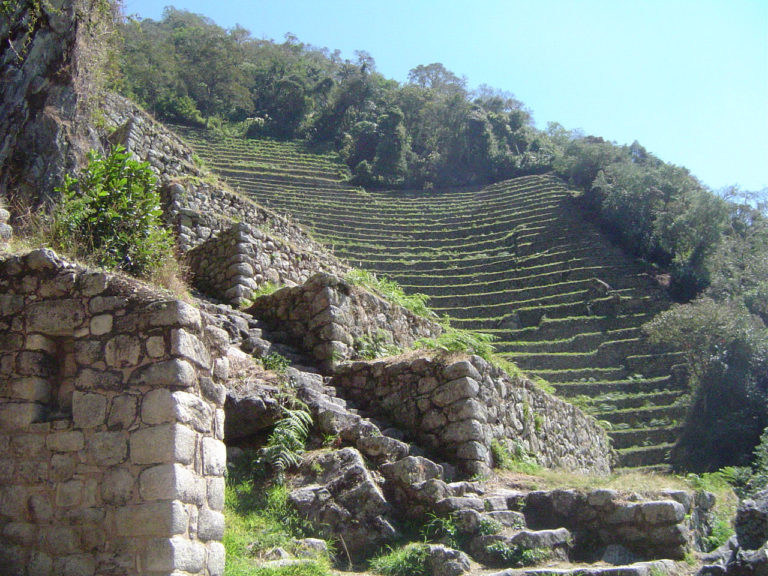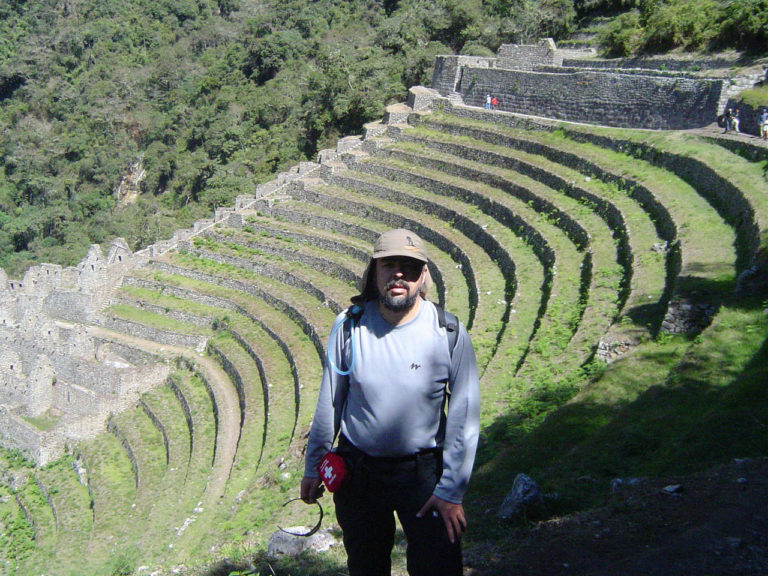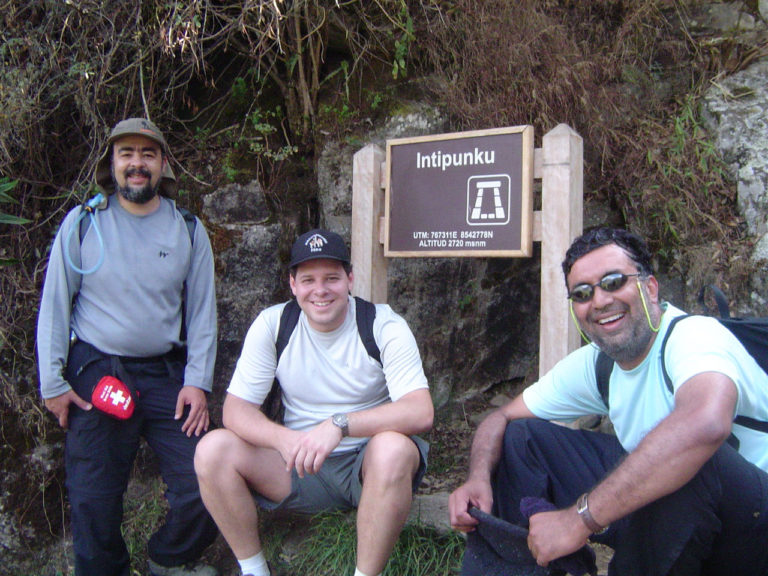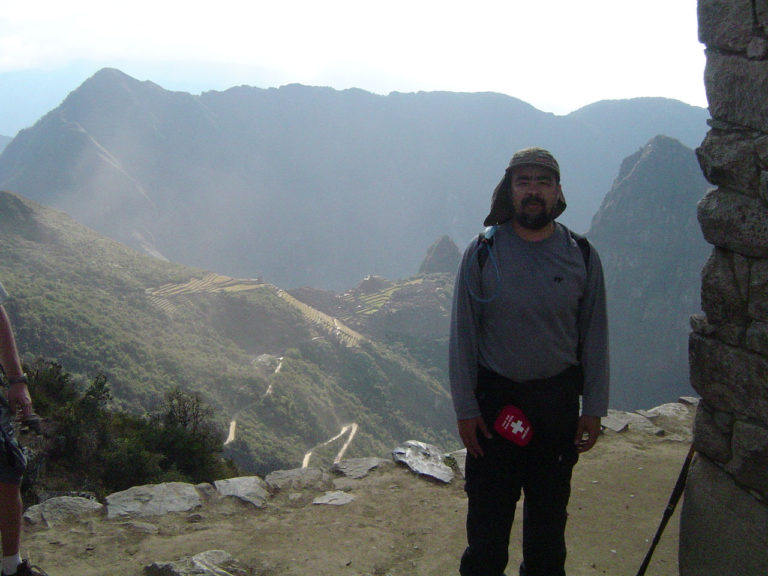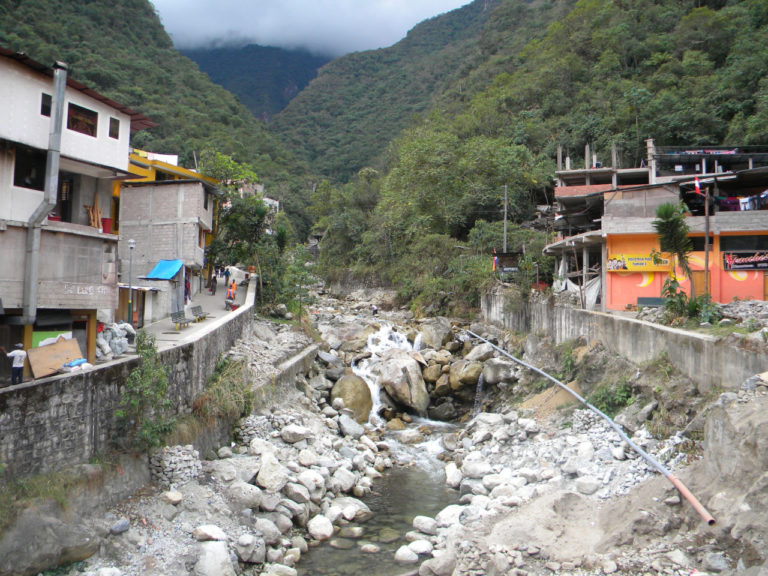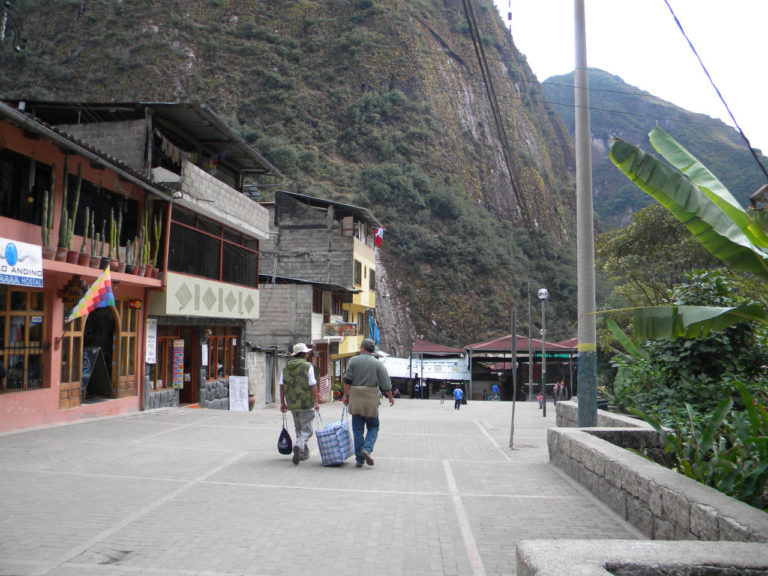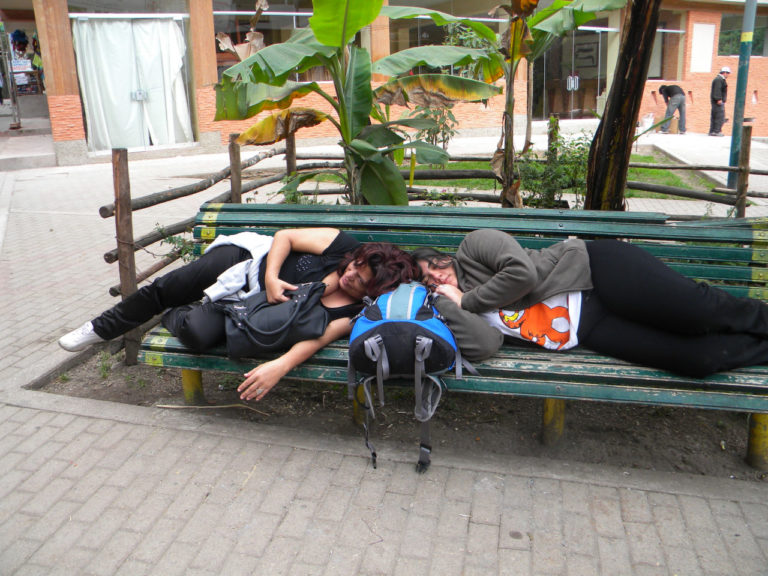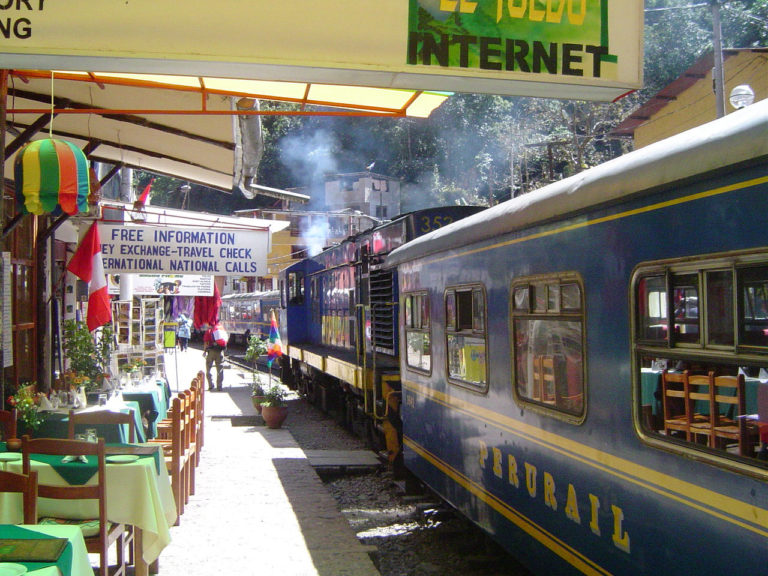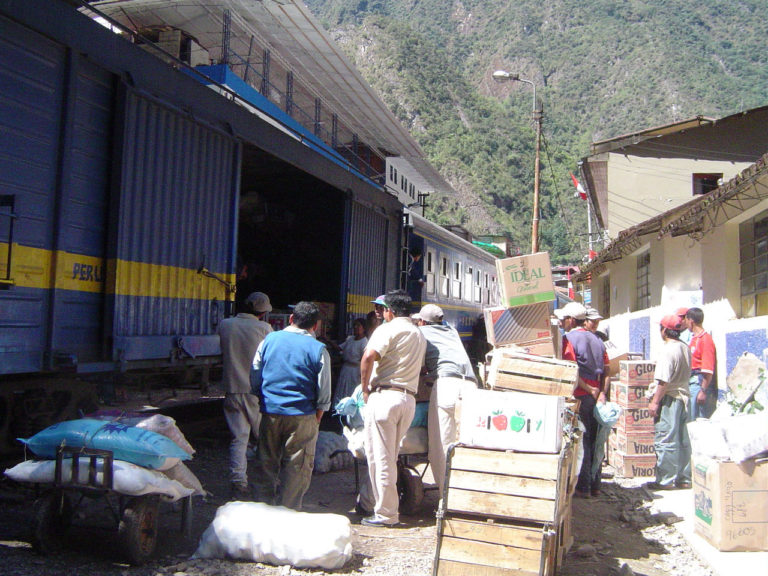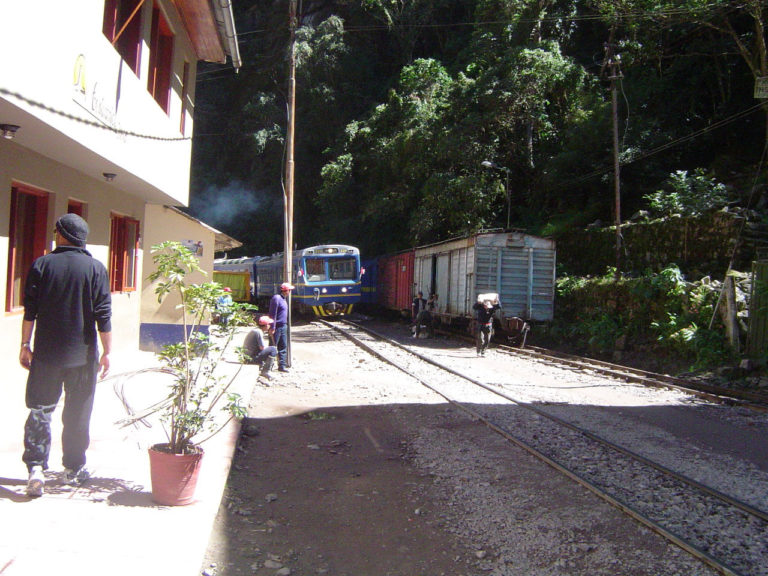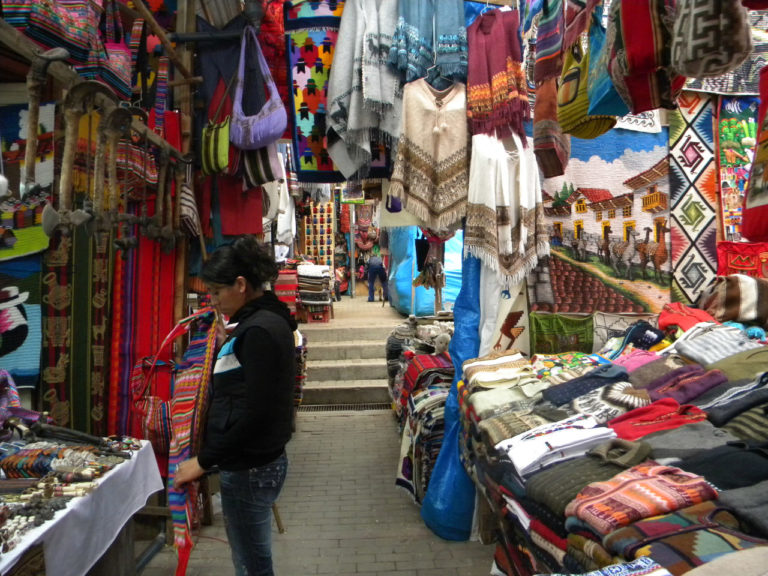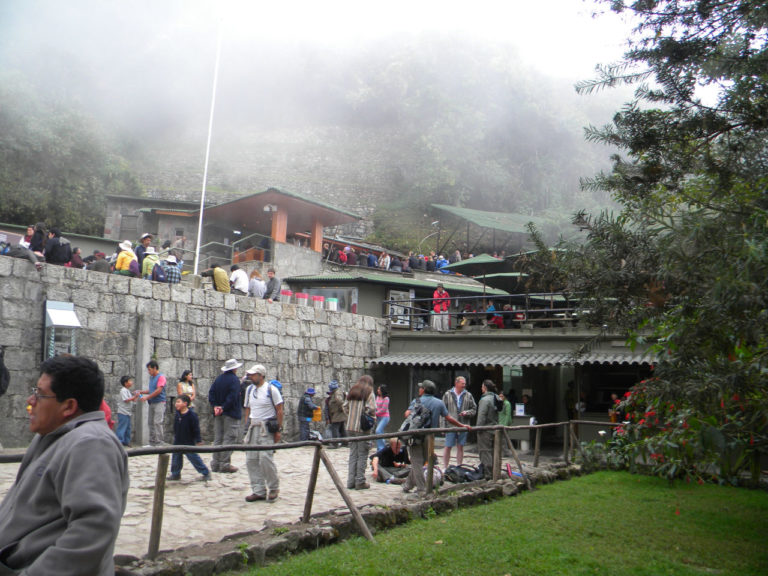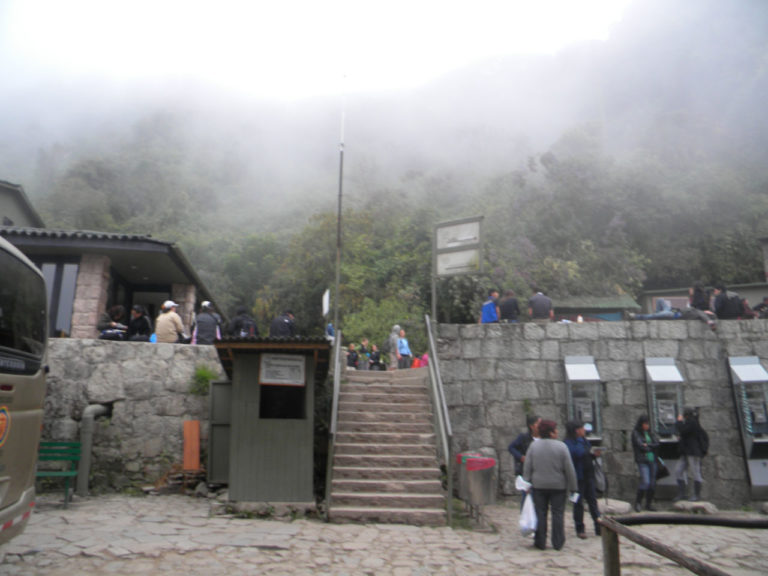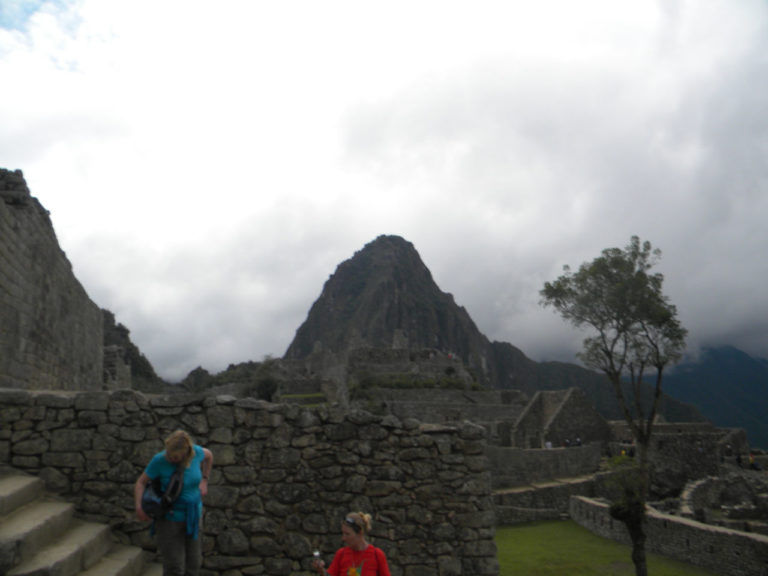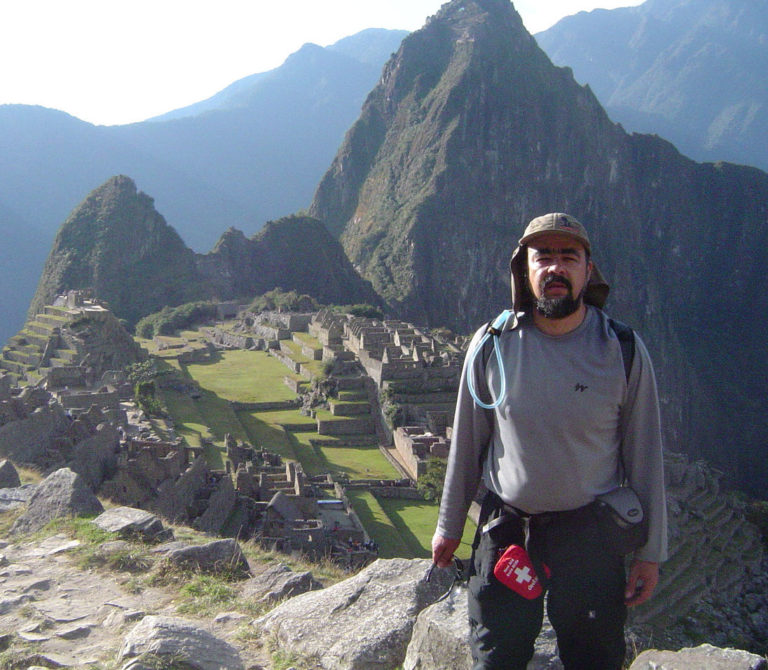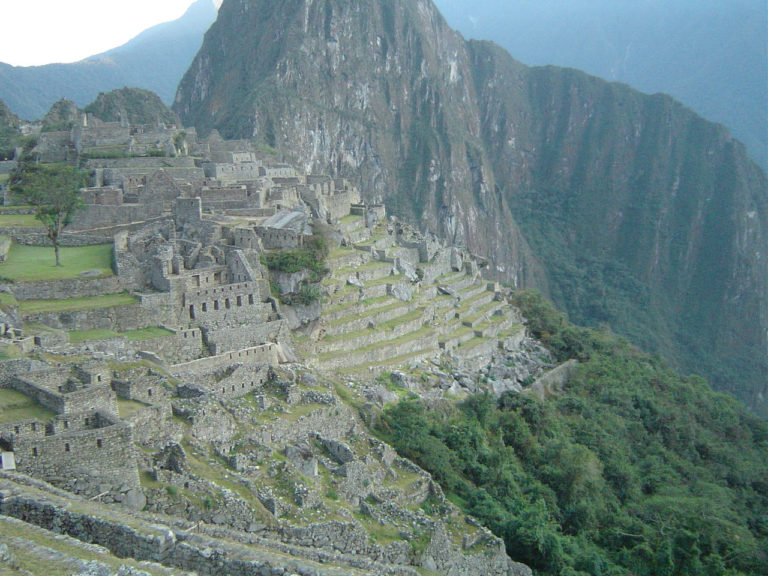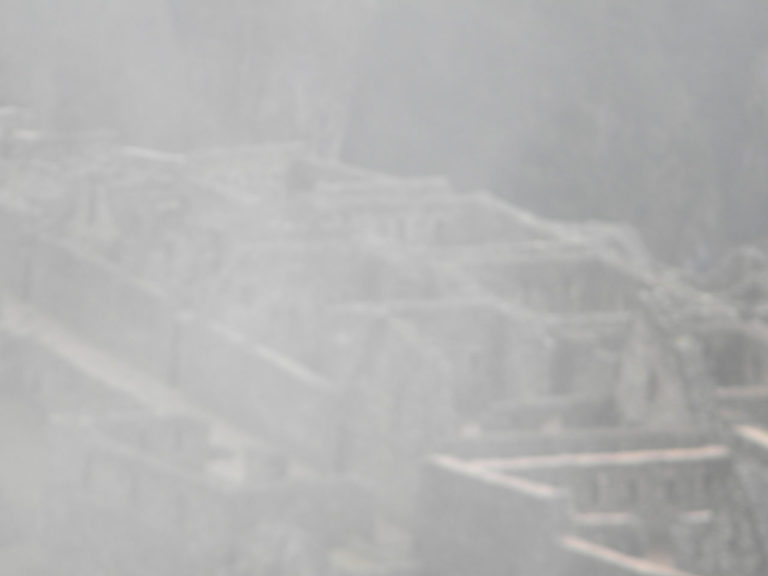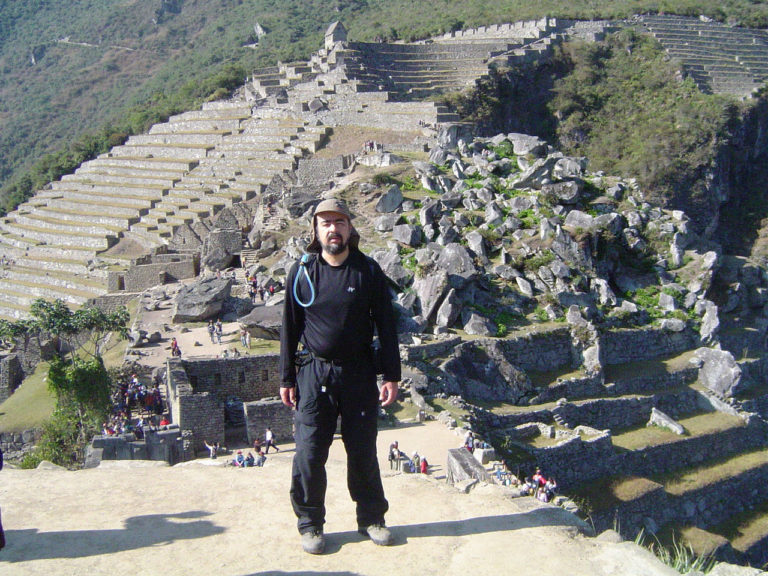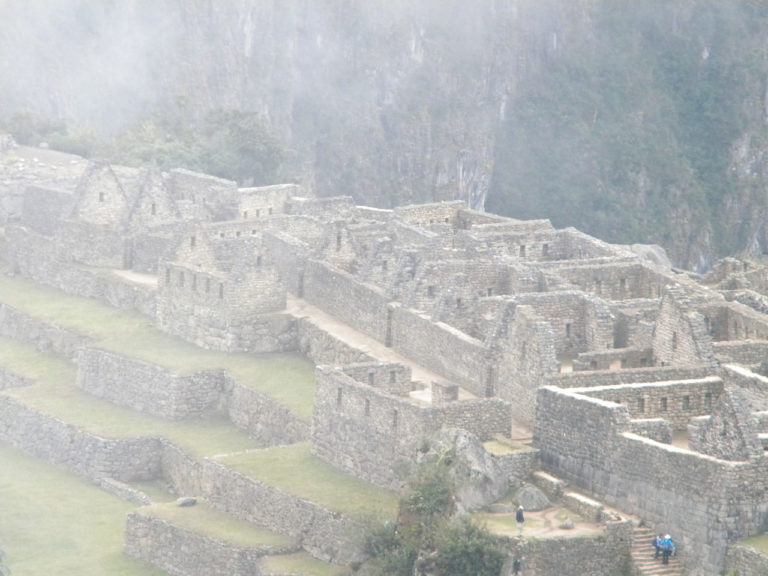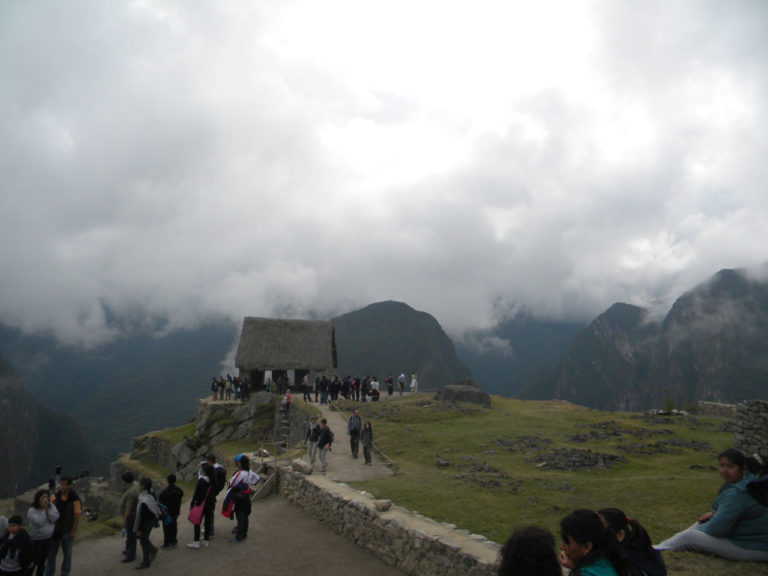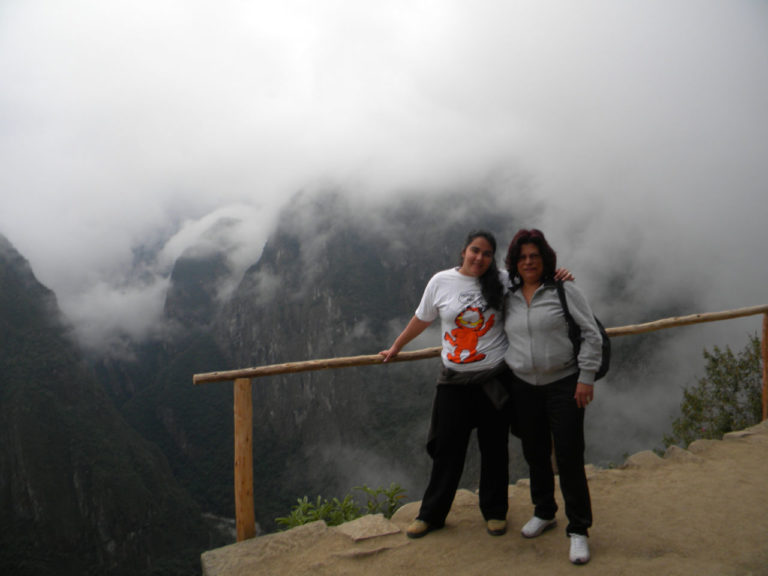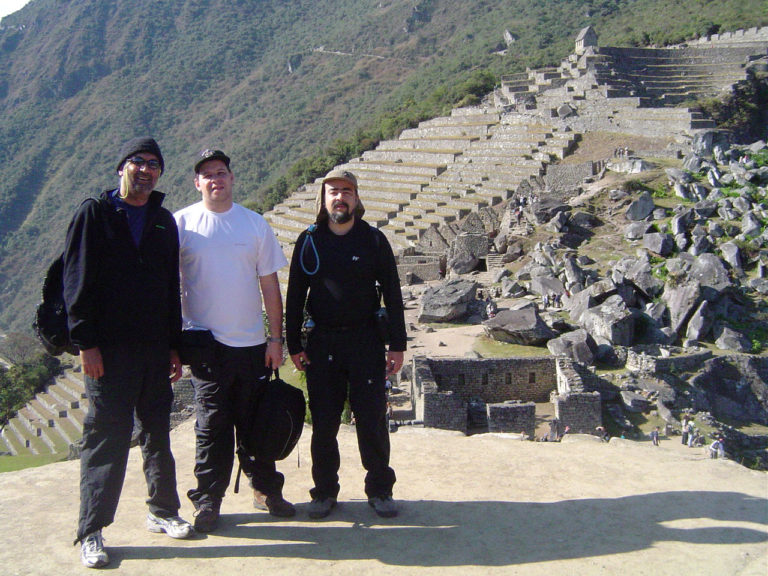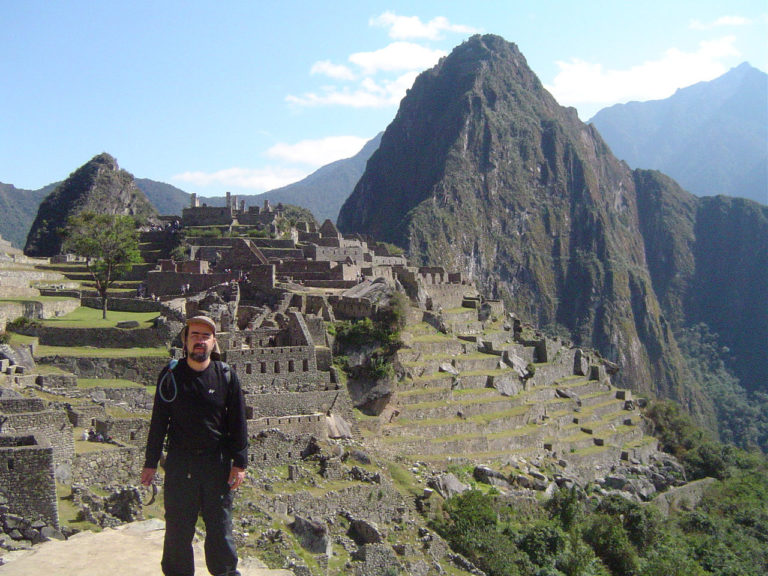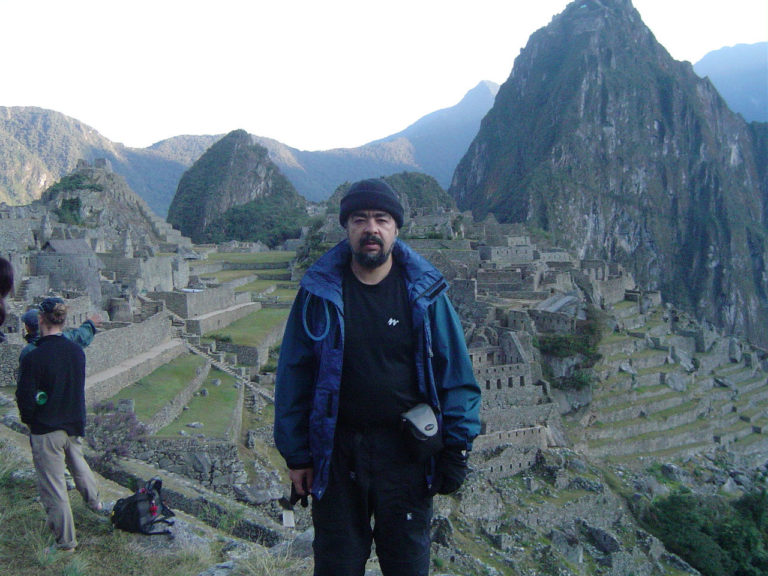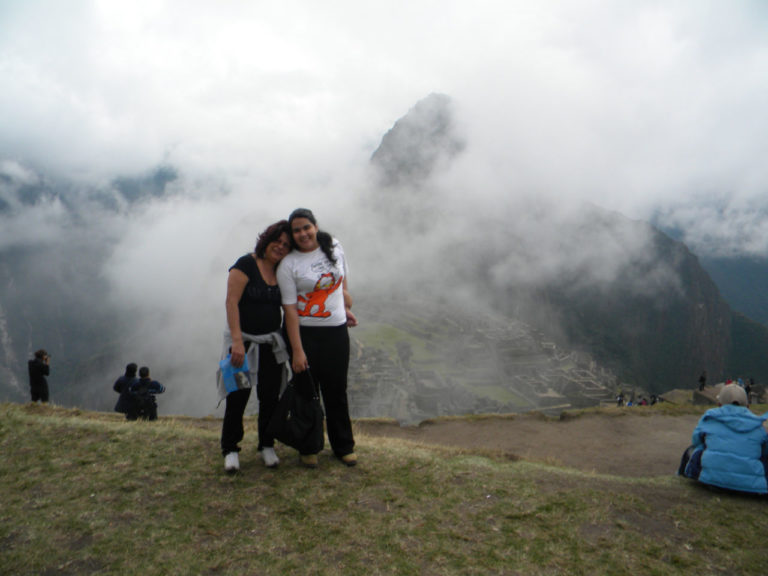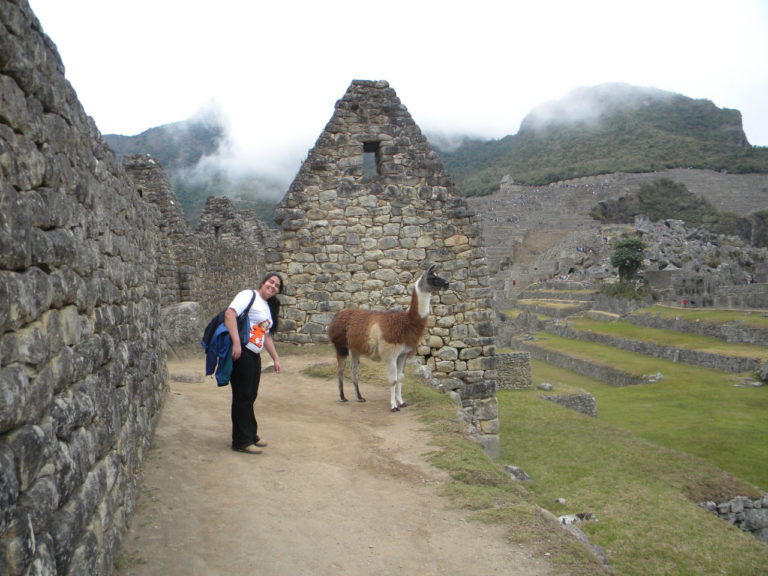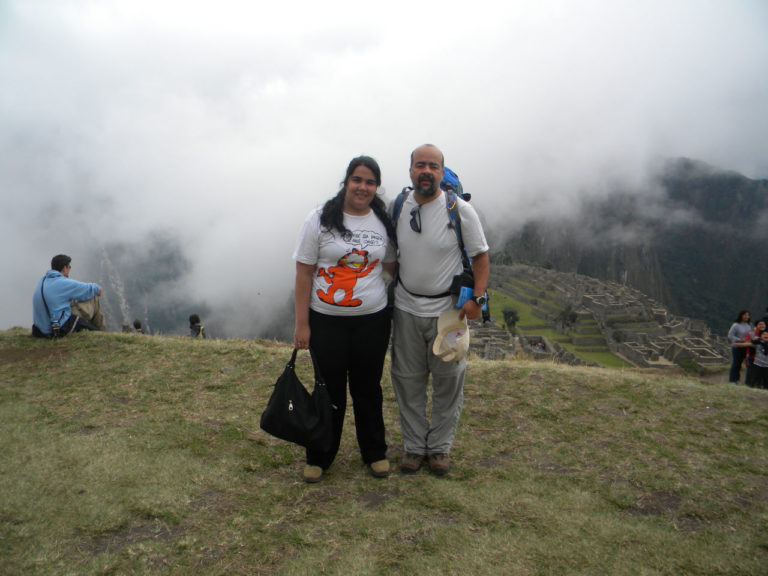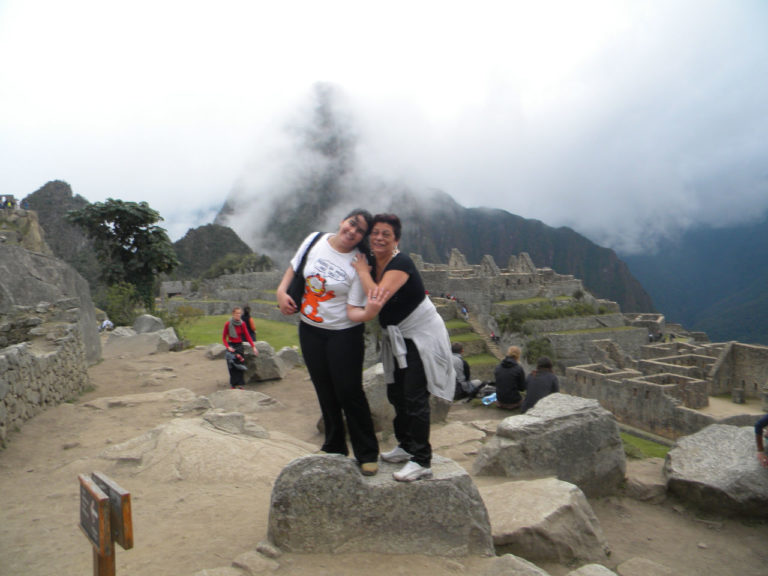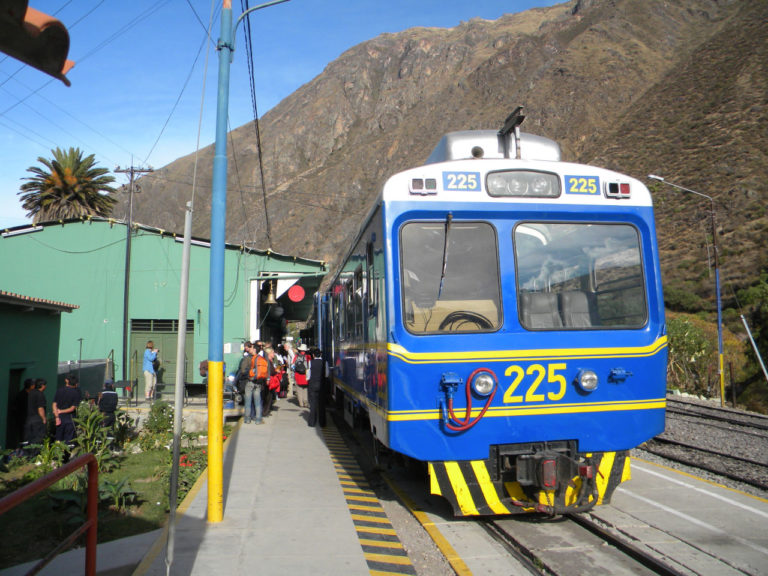Home » Destinations » Peru Travel Guide » Machu Picchu trip
Trip to Machu Picchu
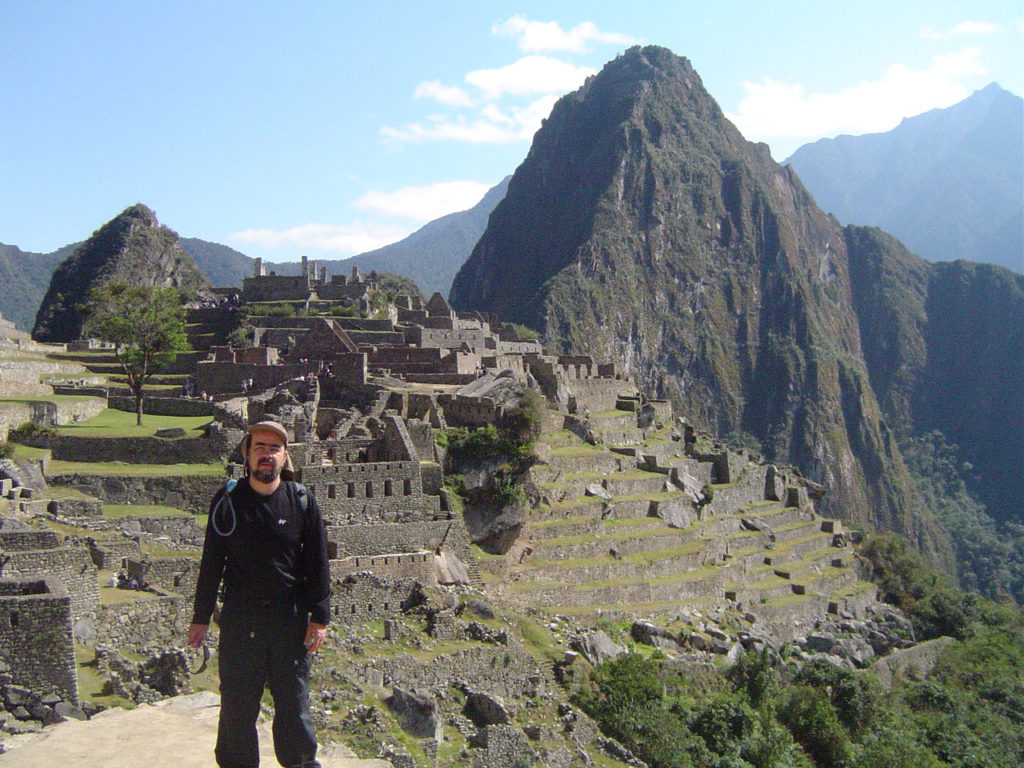
Here I will show you, my first trip to Machu Picchu, which was part of what I consider my first trip backpacking style.
But here we will talk a little about the experience of knowing this special place.
This was my first backpacking expedition through Bolivia, Peru, and Chile.
I will be here concentrating on the trip to Machu Picchu from Cusco, but I started in La Paz, Cochabamba, Bolivia. Puno, Lake Titicaca, Cusco, Machu Picchu and Arequipa in Peru. Arica, Colama and San Pedro de Atacama in Chile. Salar de Yuni and La Paz again, where I took the plane back home.
I will talk about the complete trip on another blog.
Cusco.
I arrived in Cusco on a bus coming from Puno.
Cusco is one of the main cities of Peru. For being the starting point of Machu Picchu and Sacred Valley visit. You can meet people from all over the world.
It is a typical city of the Spanish region of Latin America, was also the center of the Inca empire, when the Spanish arrived.
It is considered the capital of backpackers in South America because of the numbers of travelers is huge.
First of all it is necessary to know that Cusco is at 3,400 meters above sea level, so you should worry about altitude sickness.
Many people talk about the most absurd things about altitude sickness, but what you should know is that following ground rules and everything will be fine.
Beware of high altitude sickness
- Take it easy. Initially, you should walk as if you were 90 years old. That way you will feel like someone of 20 years old as soon as you acclimatize.
- Drinking too much liquid: Everyone will say to take coca tea (leaf), which improves. Yes, it improves, but the most important here is to drink lots of liquid, but without alcohol in the first few days. The standard is 1 liter for every thousand meters, that is, at least 4 liters of water per day. Avoid alcohol until you feel good.
- Get plenty of rest. Do not wanna be the super man. Rest at the hotel for a few hours before leaving. You’d feel much better later.
Most important: If you have 3 of the symptoms below, seek a doctor or go to a lower place, such as the sacred valley or Machu Picchu.
It will makes you feel better immediately. So you can go back and continue your journey.
- Symptoms
- Dizziness
- Headaches
- Nausea
- Vomiting
- Diarrhea or constipation
- Difficulty breathing
- Accelerated heart.
Main Cusco attractions:
- Plaza de las Armas:(Aucaypata ou Huacaypata) One of the most famous places and historical center, originally called the “warrior’s square” by the Incas. The vast majority of tourists are here nearby. Everything you need is right around the corner, such as ATMs, equipment stores, restaurants, Starbucks and McDonald’s.
- Templo do Sol: (Sun temple) (Qorikancha) Built by the Inca emperor Pachacuti, it is the site of offerings and rituals for the sun god. The temple was destroyed by the Spanish and a church was built on its debris.
- Catedral de Cusco: (Cusco cathedral) (Basílica Catedral da Assunção da Virgem) It took 100 years to be built and was built on top of an Inca temple, Kiswarkancha.
- Hatunrumiyoc street: An example of Inca techniques is the stone of the Twelve Angles, found in the middle of Hatunrumiyoc strret, a narrow cobbled street that is one of the best preserved Inca roads in Cusco.
A wall that was once part of an Inca palace. The 12-sided stone structure has 12 perfect corners. The stones come together so hard that nothing can be inserted between them, though no mortar is used. - Inca Museum: Located a few meters from the Plaza de las Armas, where you can find many replicas and scenarios of what the Incas before the arrival of the Spanish.
Night life.
Night life in Cusco is very intense. There are many bars and the most famous ones are around the Plaza de las armas or just 1 or 2 blocks away, but go easy on the first few days because the altitude and alcohol can knock you over too fast.
Outside Cusco:
Sacred Valley:
It concentrates a great number of archaeological sites, sanctuaries, palaces, fortresses, etc. Located in the valley of the Urubamba river, it is the way to Machu Pichu
Pisac
It is a colorful village halfway between Cusco and Ollantaytambo.
In the past Pisac was visited only for the handicraft fair, but today it has a great infrastructure beyond many archeological sites. If you want to stay out of the Cusco mess, it’s a great stop to enjoy the quiet restaurants and also some shopping.
Ollantaytambo
It was a former Inca administrative center and at the time of the Spanish invasion served as the last stronghold of the Inca Manco Yupanqui, leader of the resistance at that time.
Today it is an important archaeological site and gateway to the Inca trail and starting point of the trains to Machu Picchu. Most people just come here, but I stayed one more day to enjoy and get to know the city better.
Finally: Machu Picchu
A little history
In 1911, explorer Hiram Bingham III, a professor at Yale University, looking for the lost city of the Incas and talking to local residents, discovered the existence of ruins. He went to investigate and found everything covered in vegetation and had been abandoned.
It is believed to have been built by Pachacuti Inca Yupanqui, the ninth ruler of the Incas.
Machu Picchu is known with the Lost City of the Incas, located at 2,430 meters above sea level, in the Andes Mountain Range, above the Urubamba river valley. It is believed to have been built in the 15th century and then abandoned. Its exact use remains a mystery.
In the native Quechua language, “Machu Picchu” means “Old Peak” or “Old Mountain”.
It was built without the aid of wheels or iron tools. It is one of the most famous archaeological sites in the world.
Here you will find more details on how to get there, cost etc.. here.
Learn some intriguing facts in National Geographic here.
To purchase tickets click here.
The way to Machu Picchu
I went 2 times, the first one I took the train from Poroy (25km from Cusco) and the second I took the Ollantaytambo train.
As you know, I am an independent traveler, so I use local transportation because I believe this is much closer to the local population.
I took a van to Ollantaytambo and stayed 1 day to get to know the place, so I took the train to Aguas Calientes where I stayed for 3 days and then came back to Cusco.
My first trip was unique because as well as being the first, it was in an unusual way.
When I arrived in Aguas Calientes, I went up the Putukusi mountain, the mountain that faces Machu Picchu.
Scaling to Putukusi mountain
Inca trail
We leave Aguas Calientes by the train line to 104 km. We climbed the mountain and passed through the archaeological sites of Chachabamba and Wiñaywayna, a site of great archaeological importance. The arrival to Machu Picchu by the famous Gate of the Sun (IntiPunku) and descends to Aguas Calientes.
Aguas Calientes
Machu Picchu
Next day early, we took the bus to Machu Picchu entrance.
The experience of being in Machu Picchu is almost indescribable.
You may not believe it but there is a different energy in this place. Everything is amazing and wonderful.
Every place you see has a history and you can see how much Inca civilization was advanced.
It’s hard to imagine how they did it all without the technology we have today.
A real mystery.
Now, unfortunately, it is time to return to Cusco.
